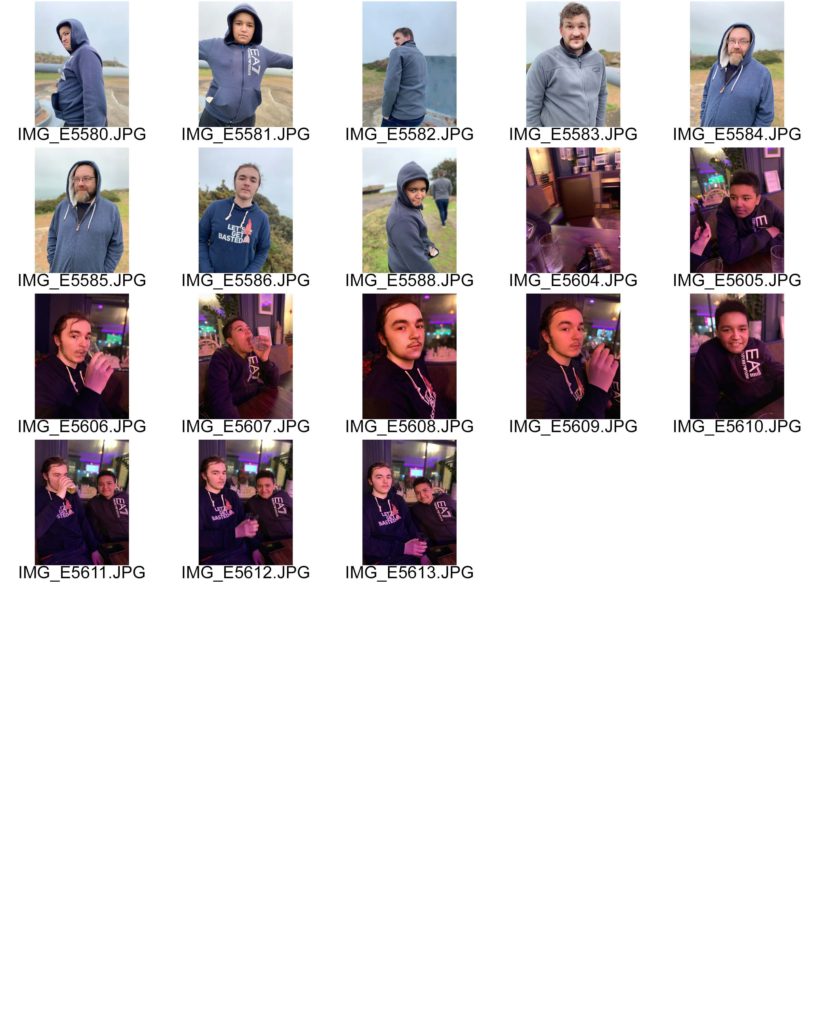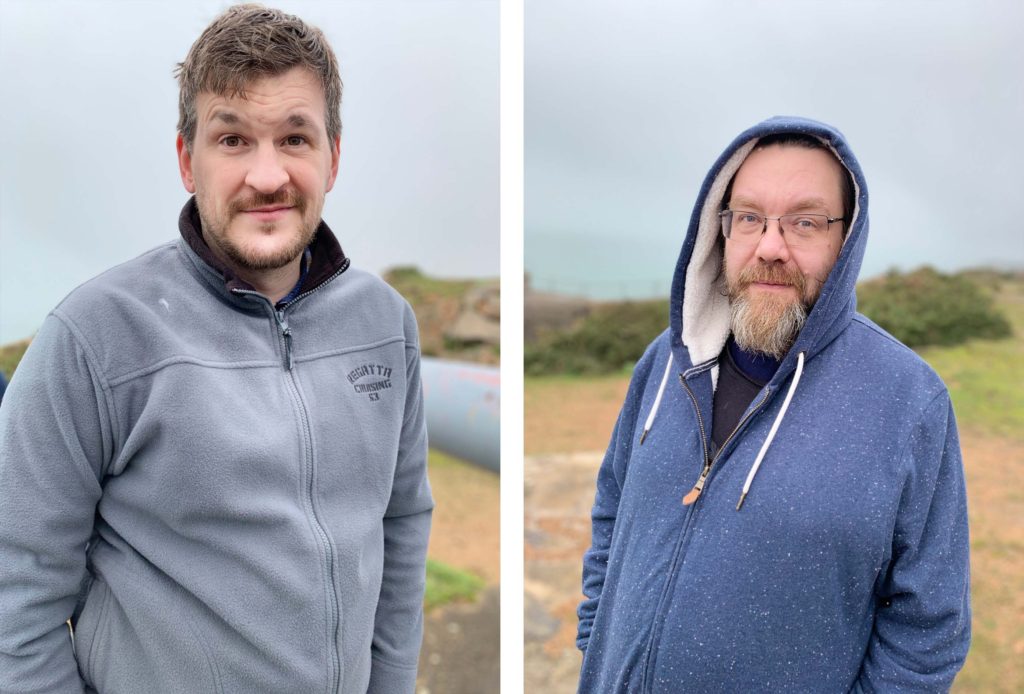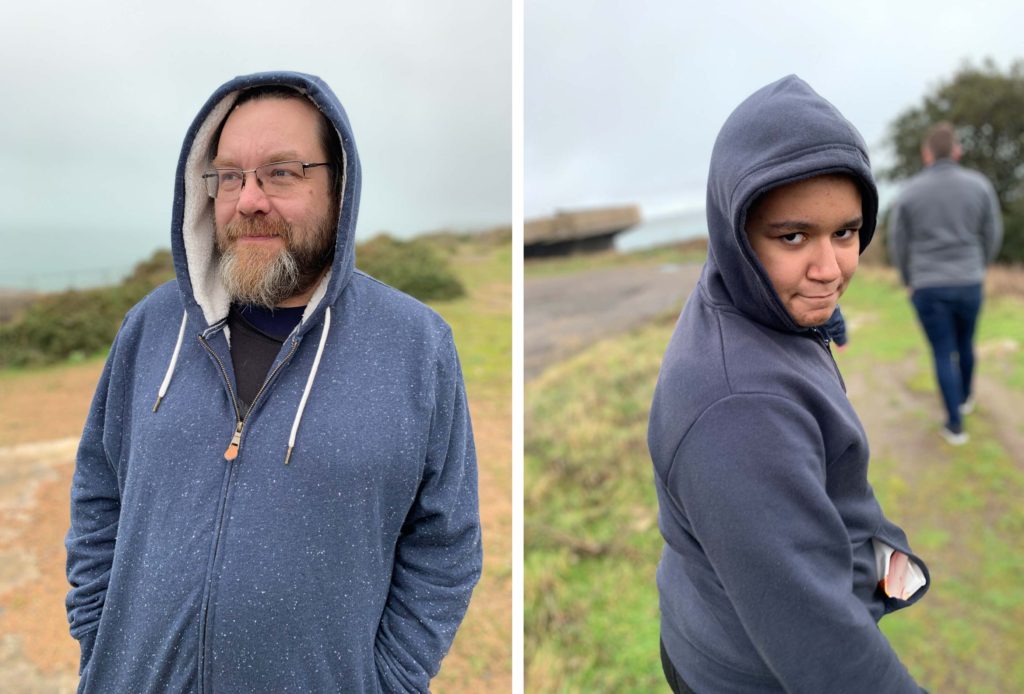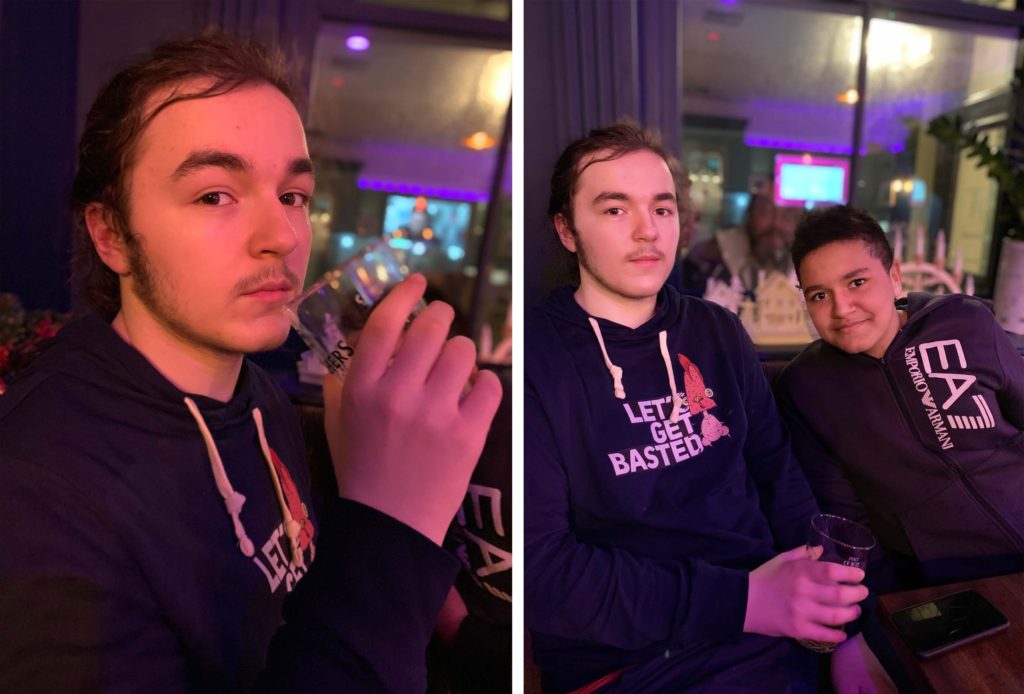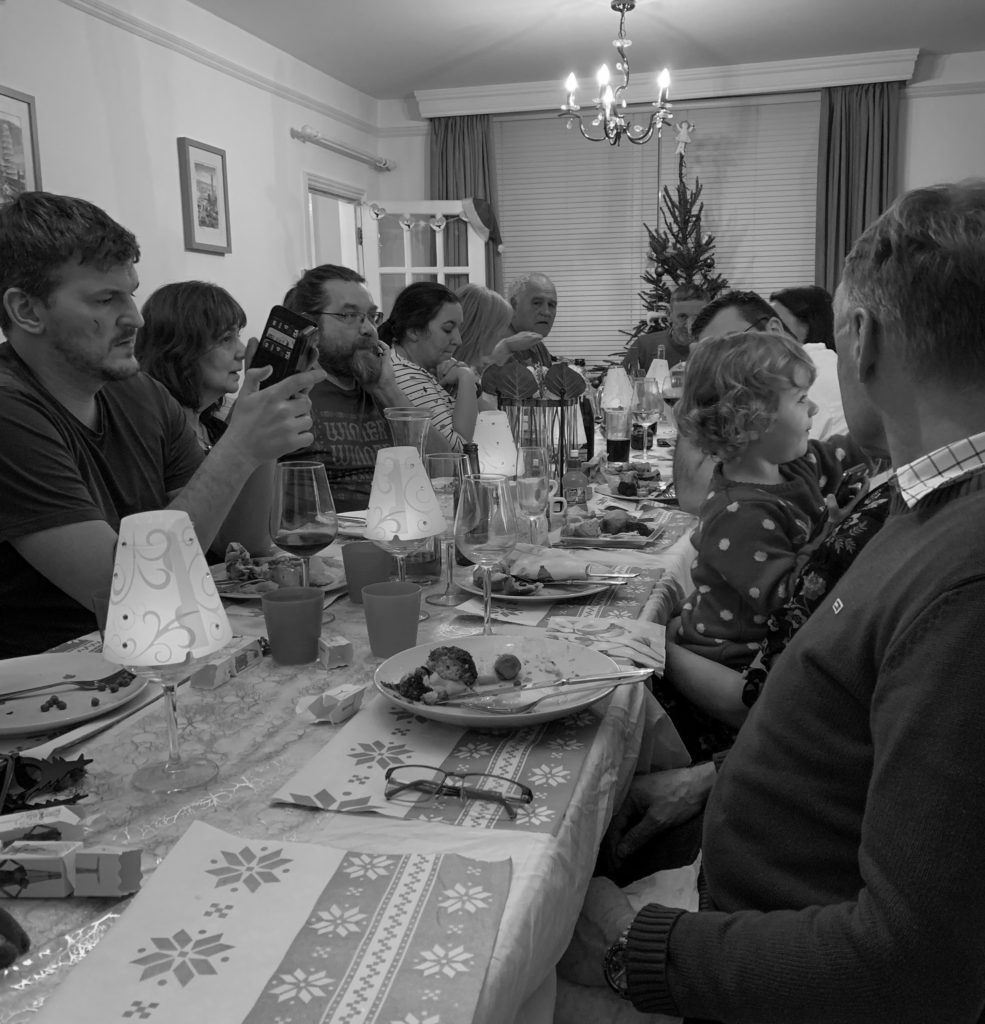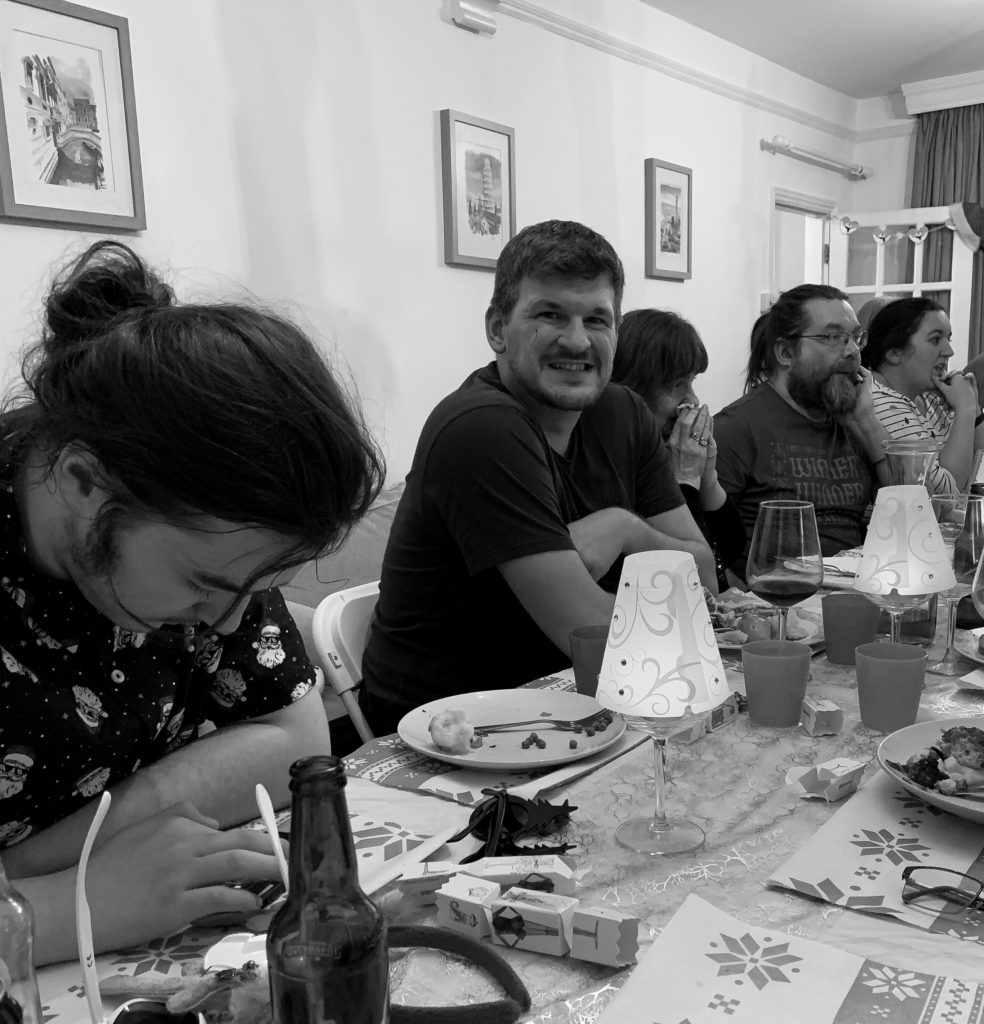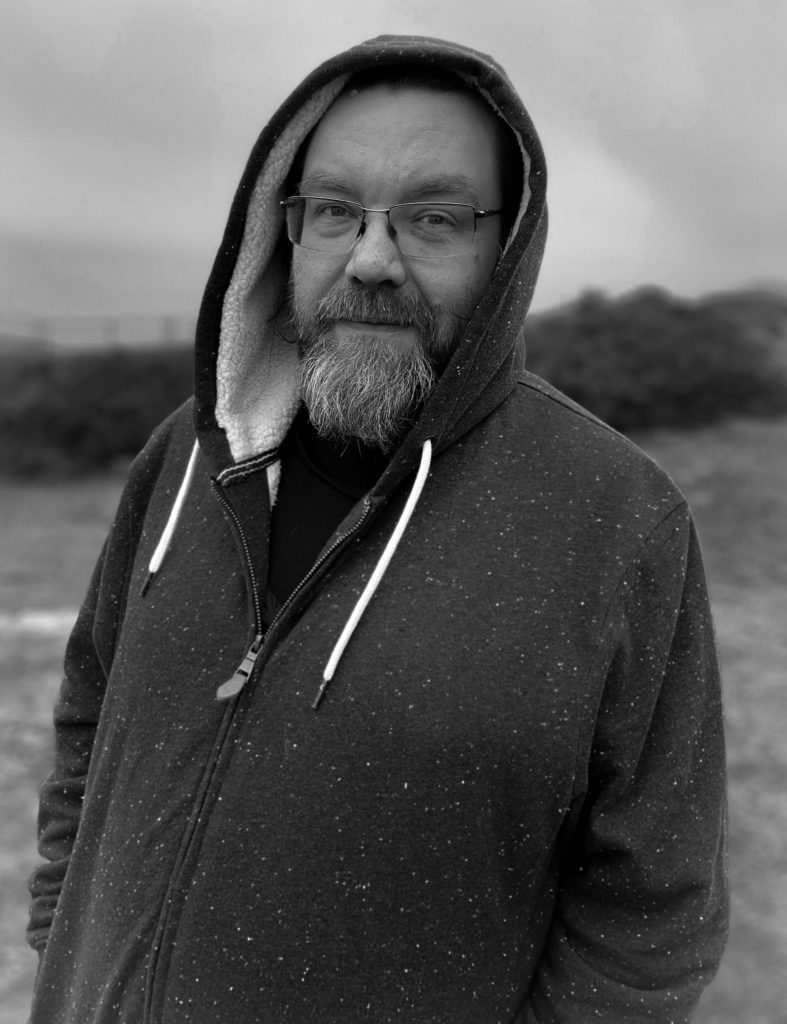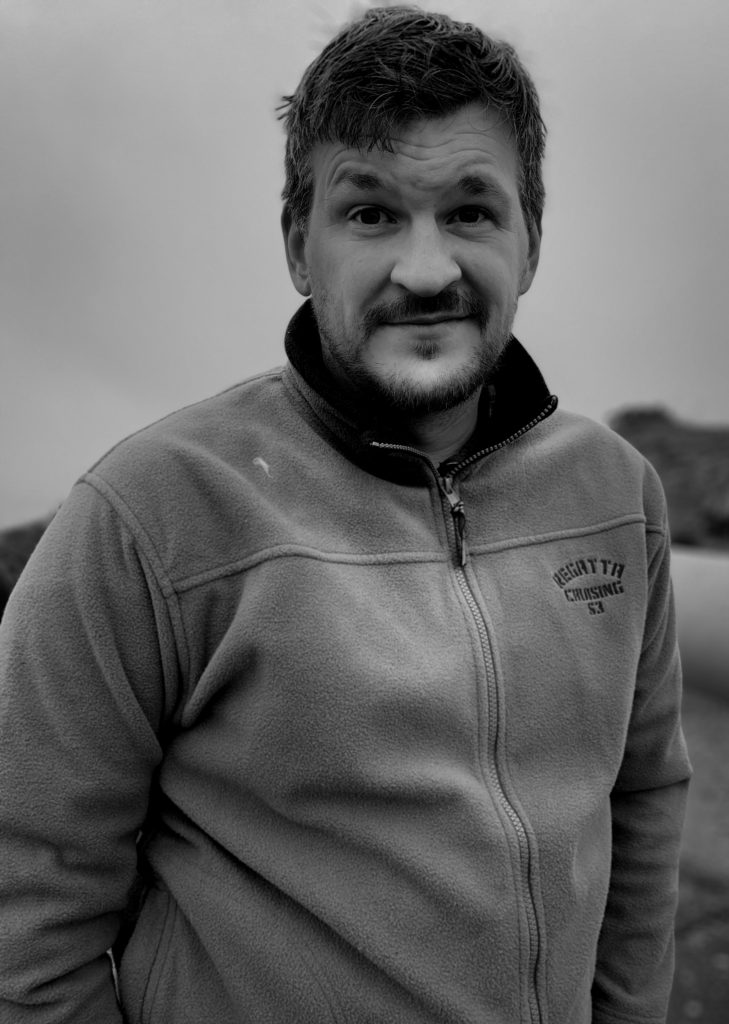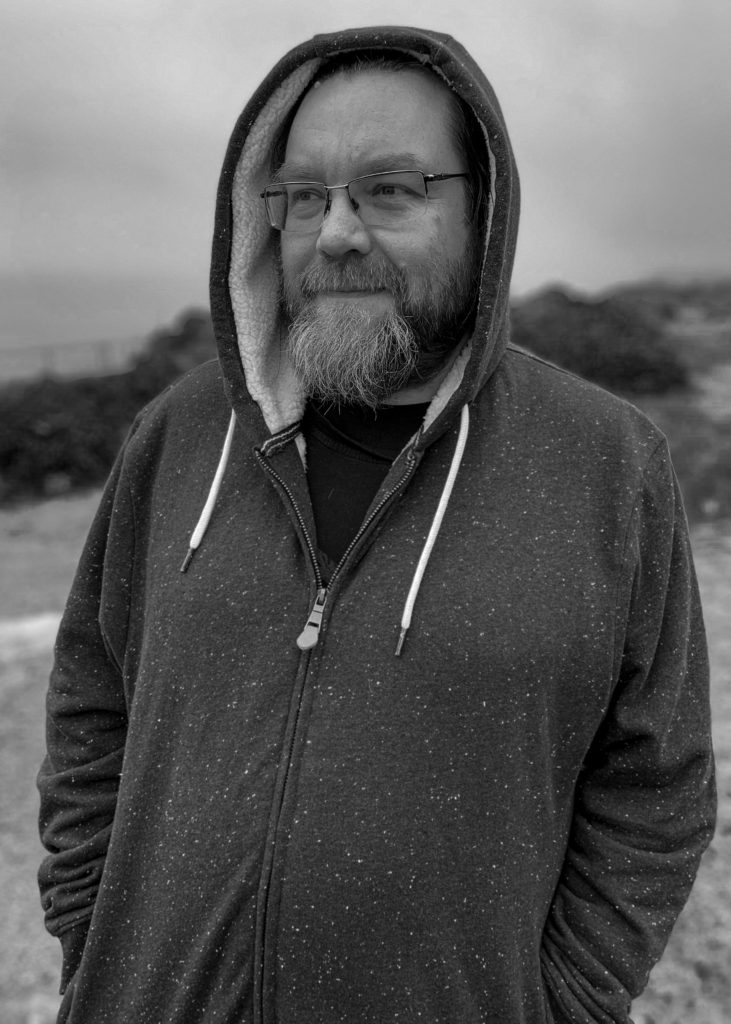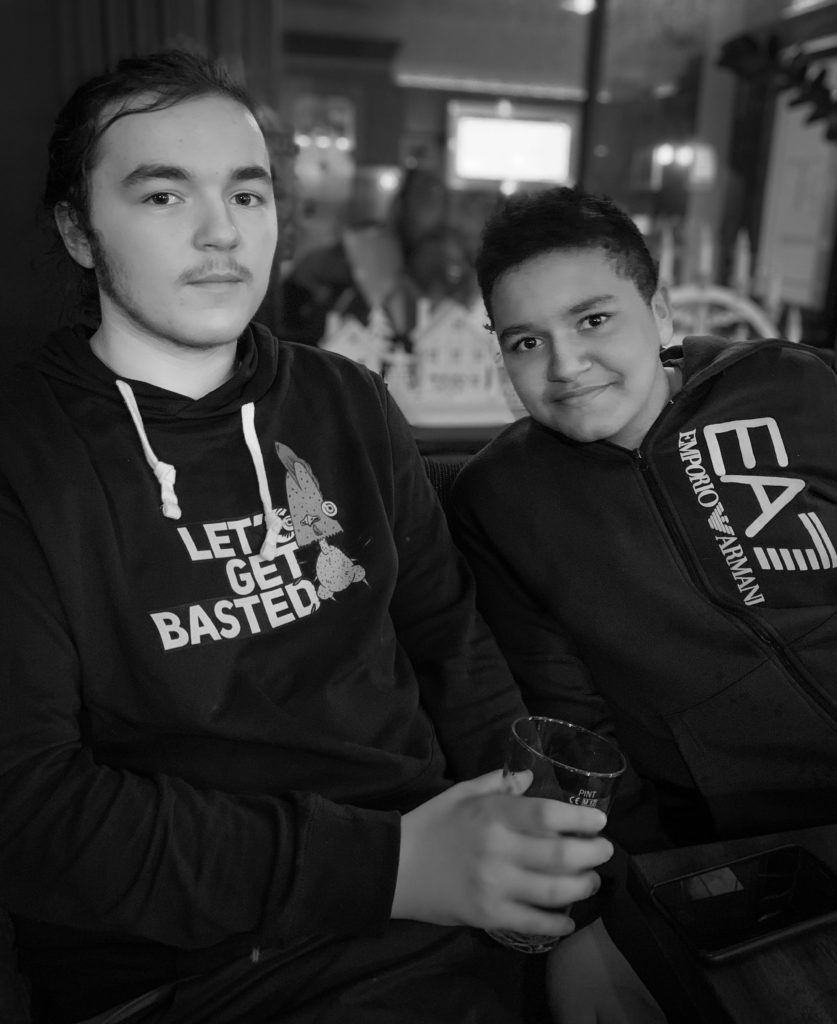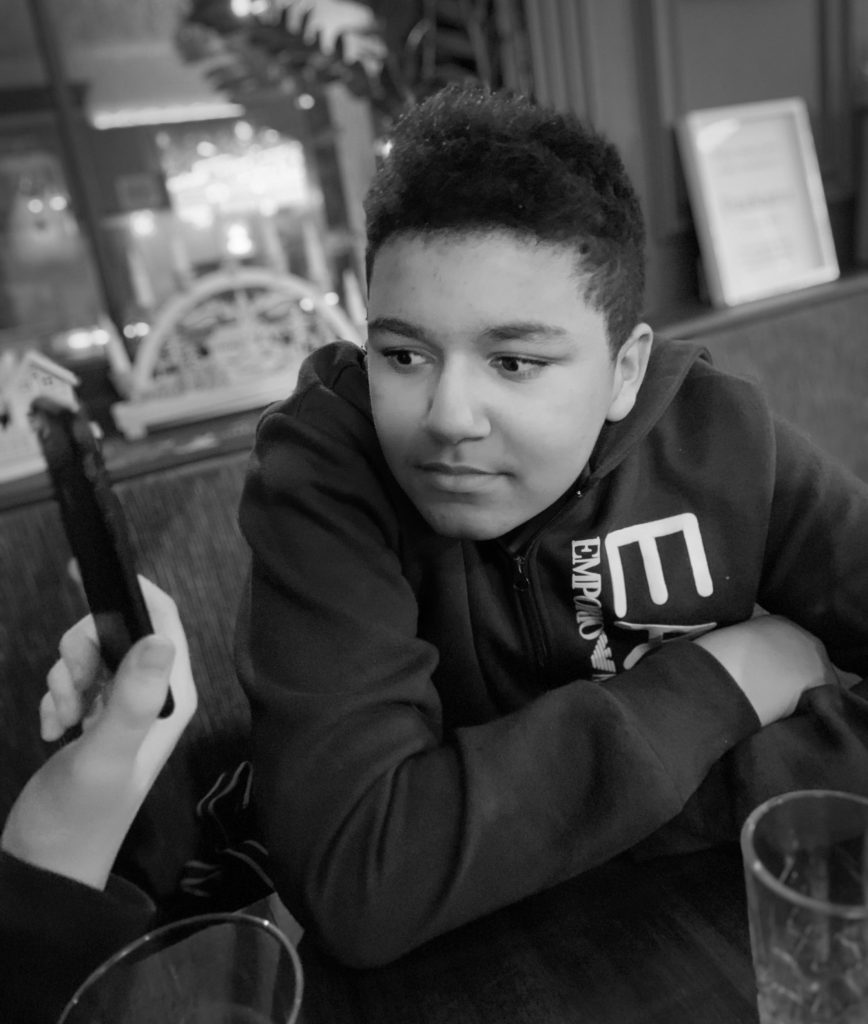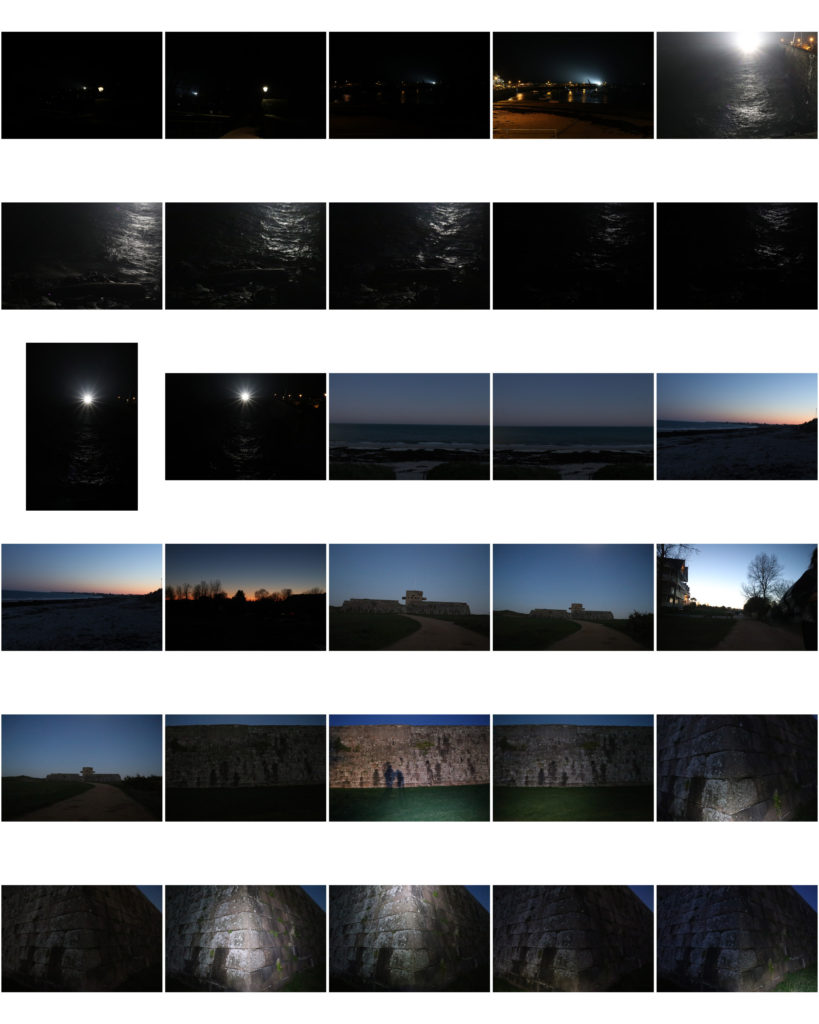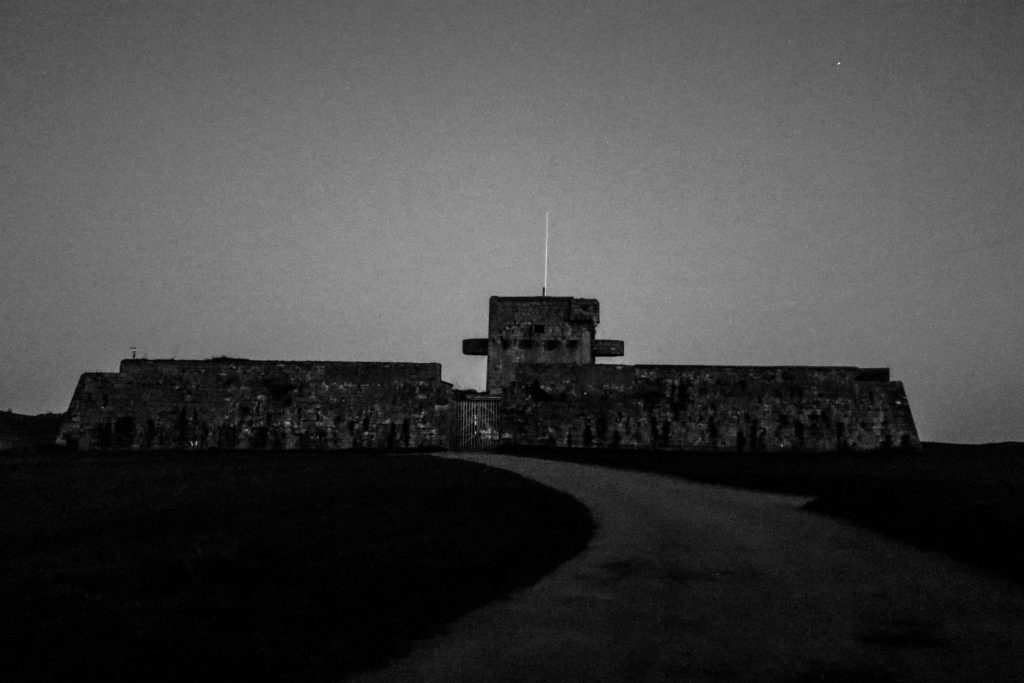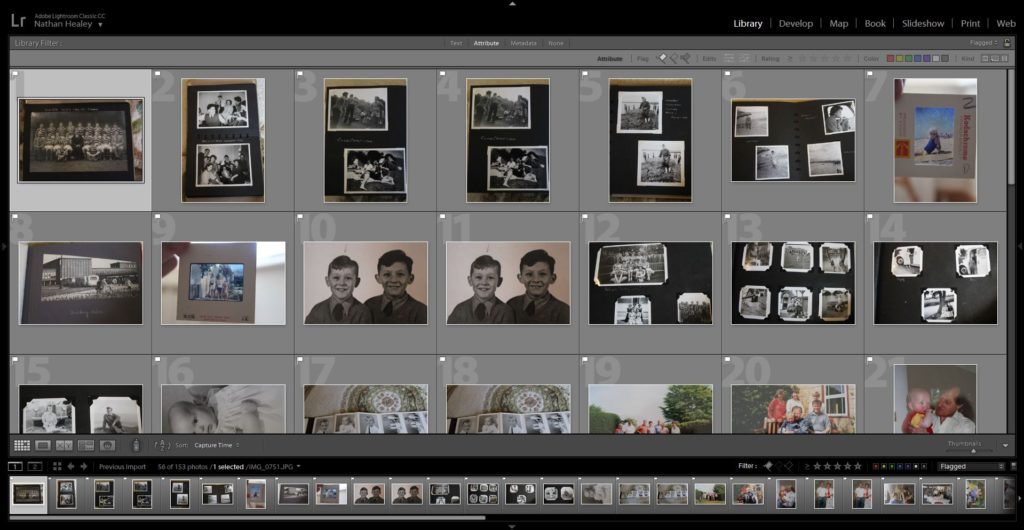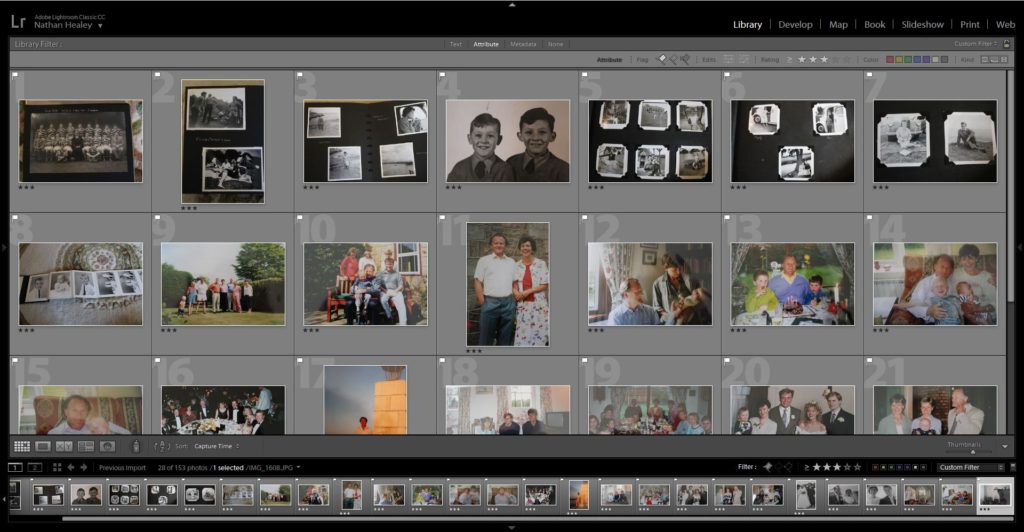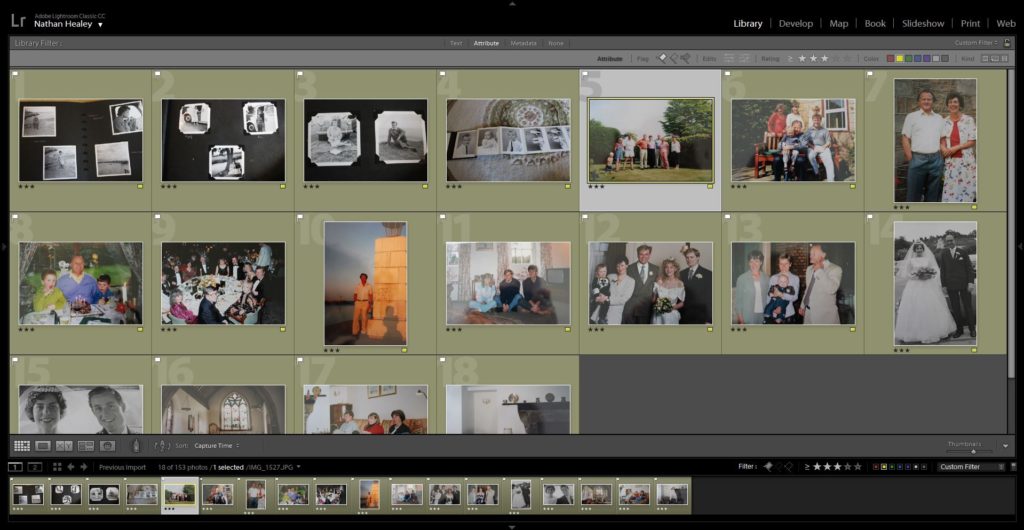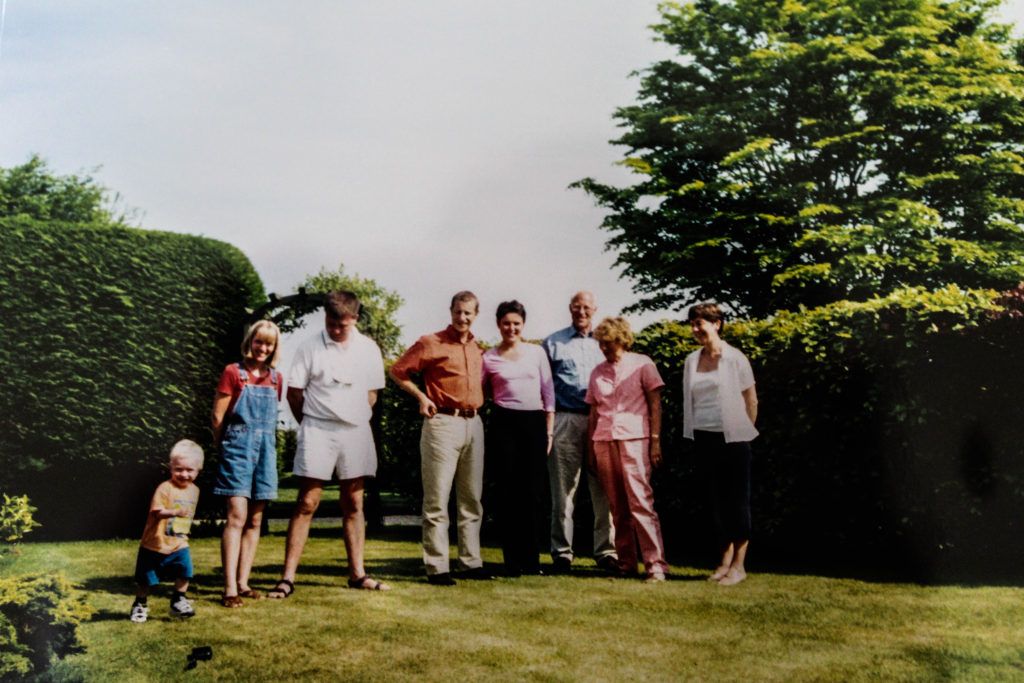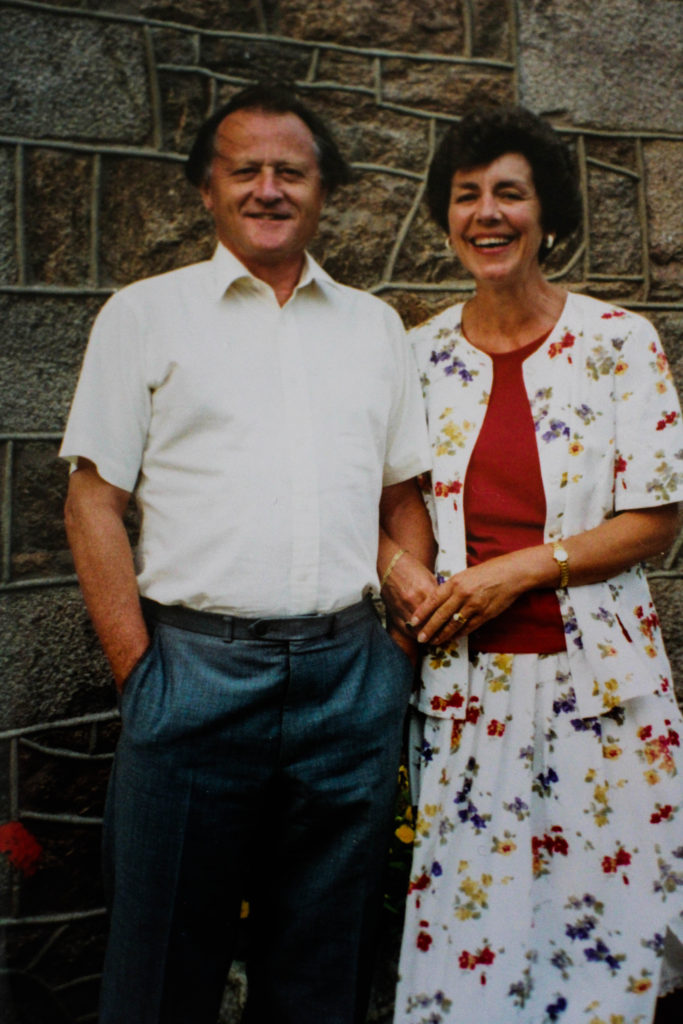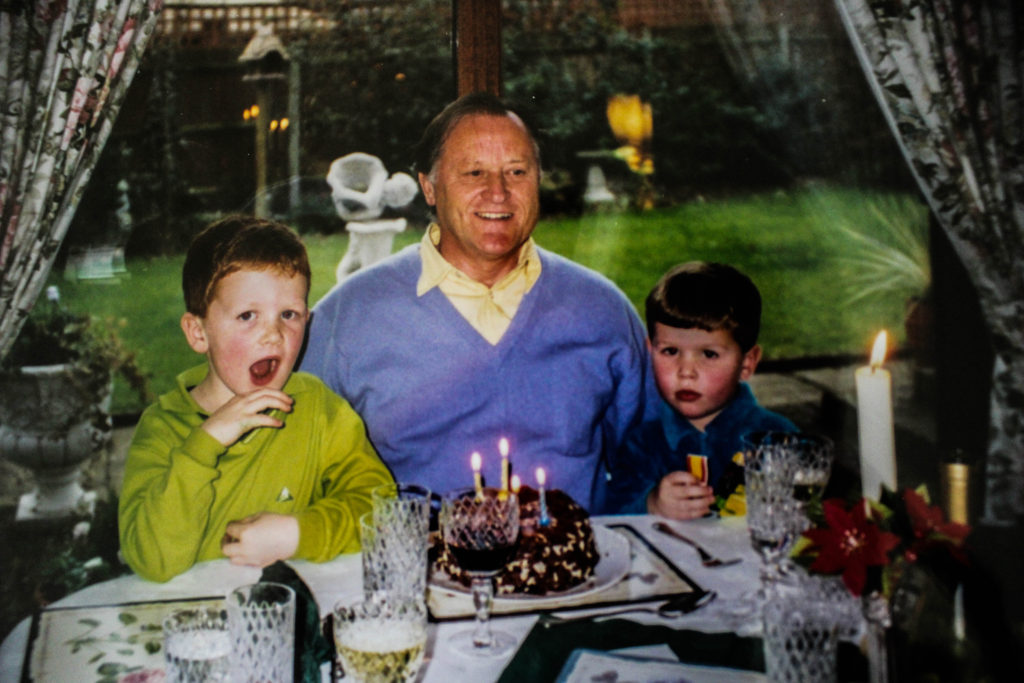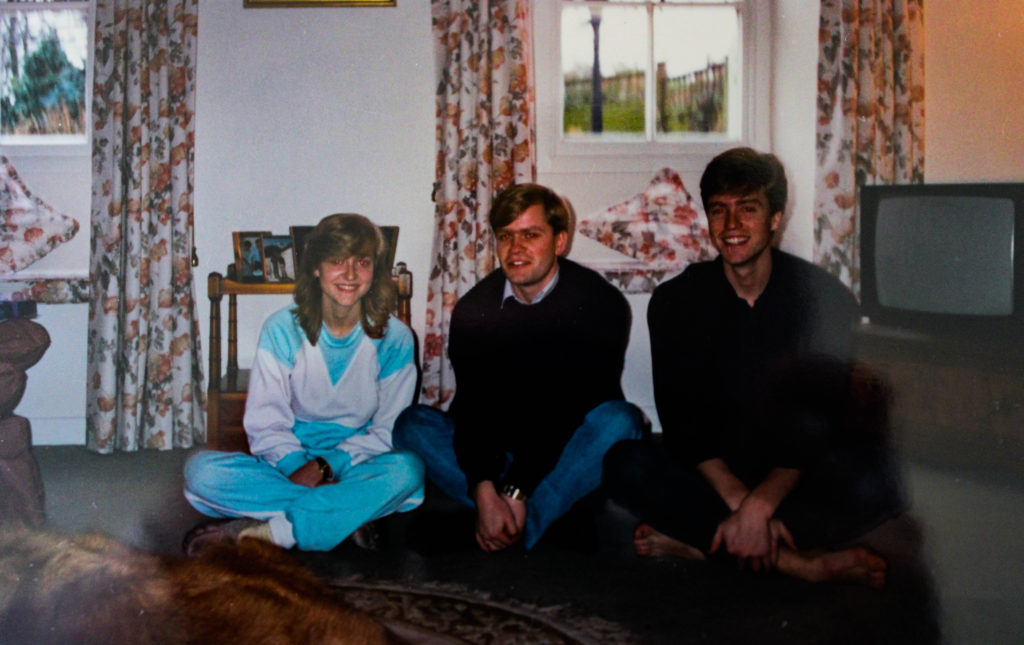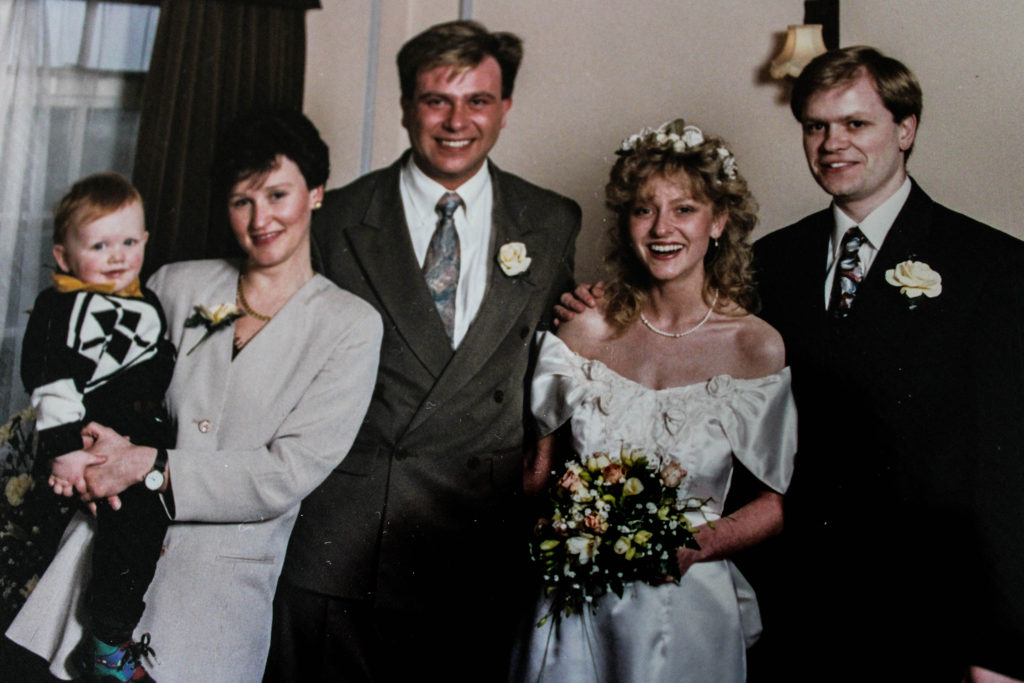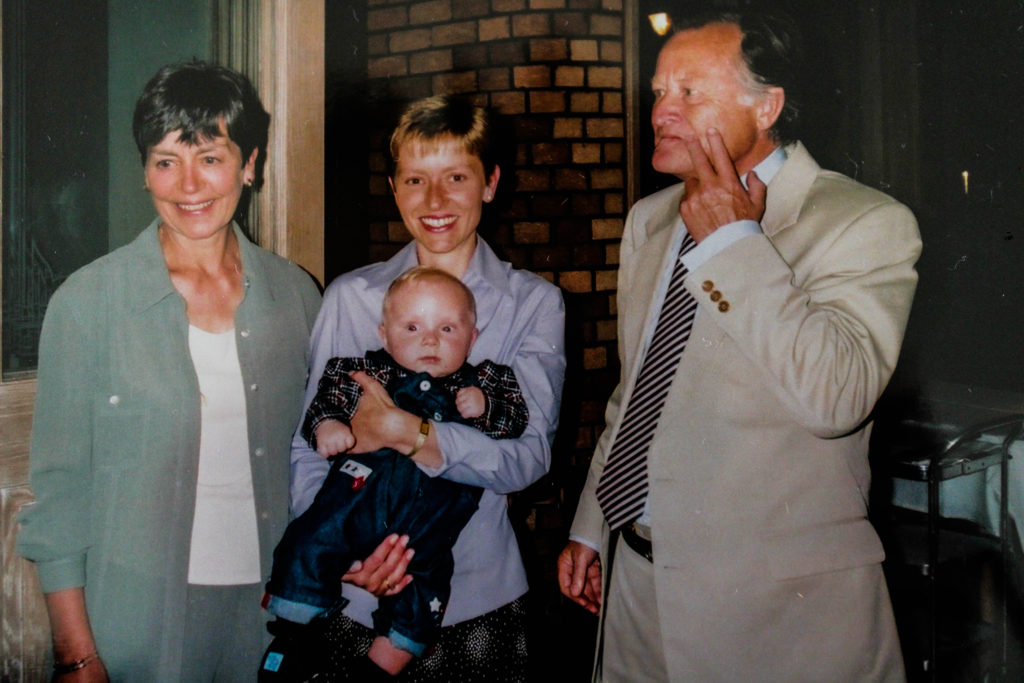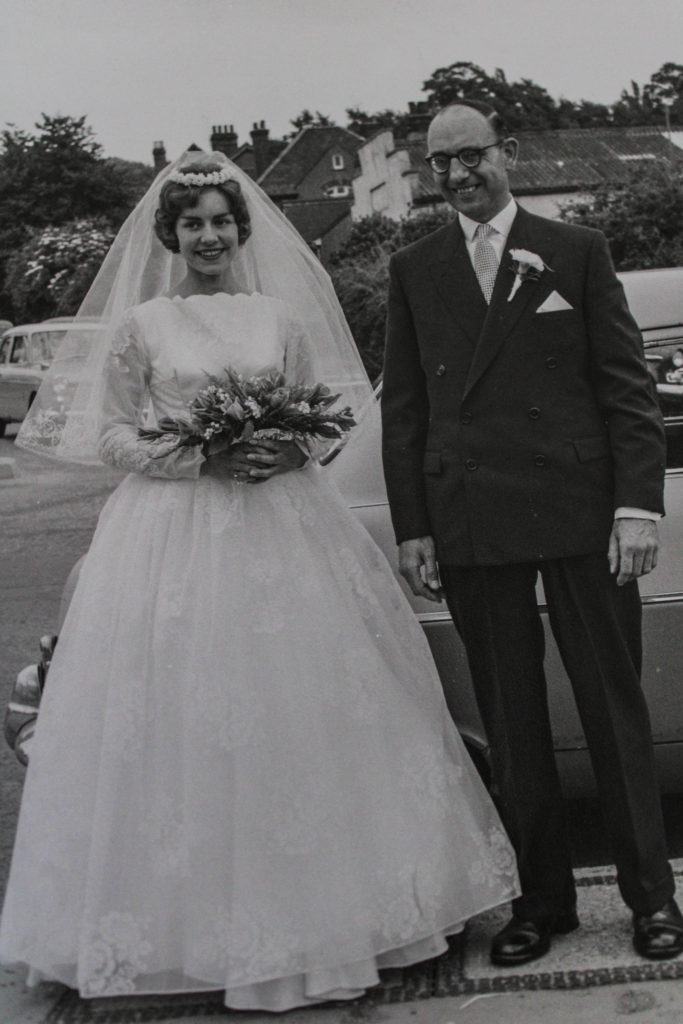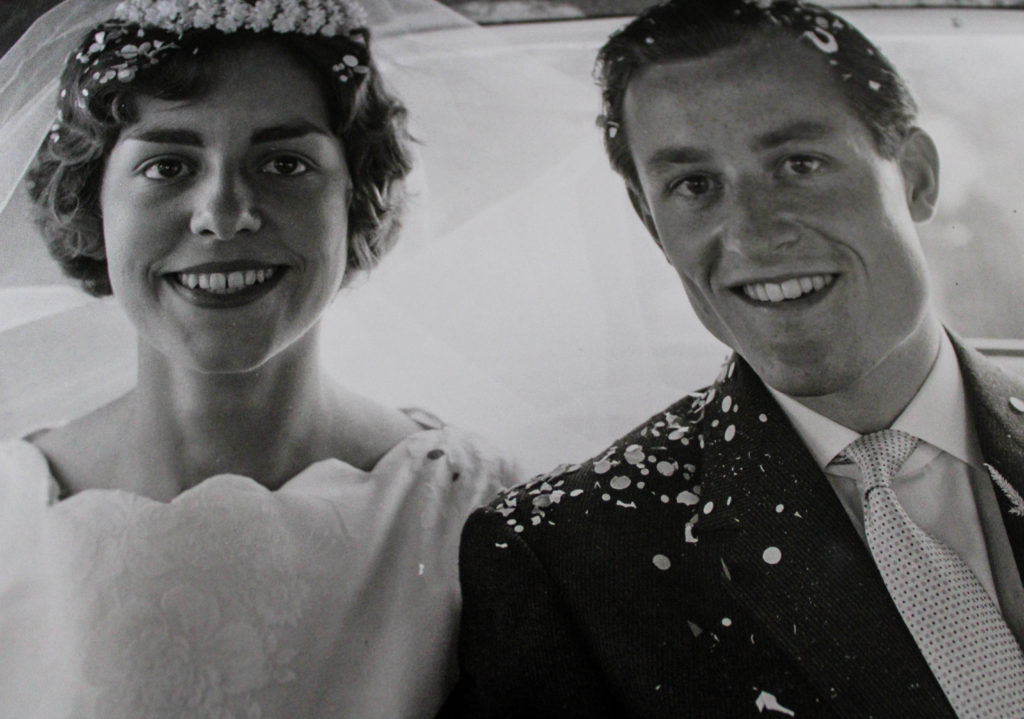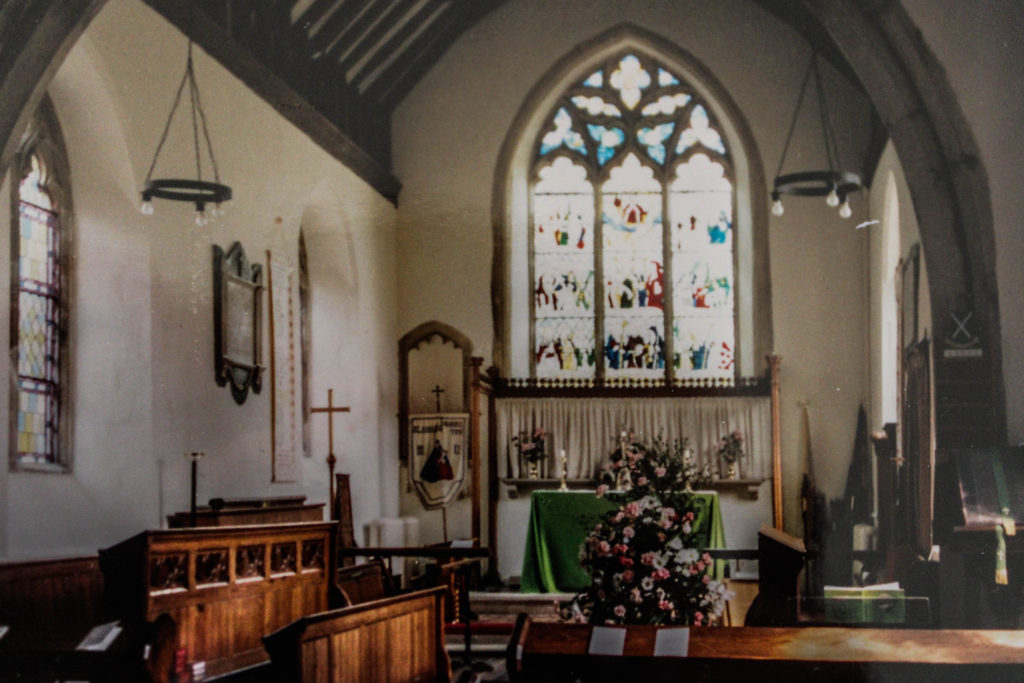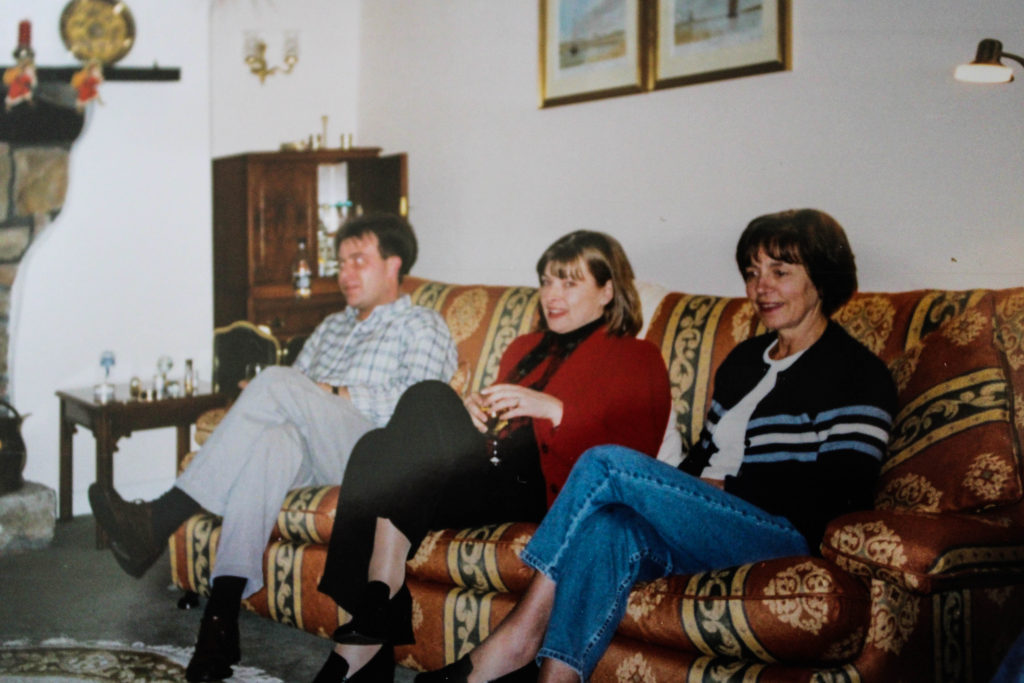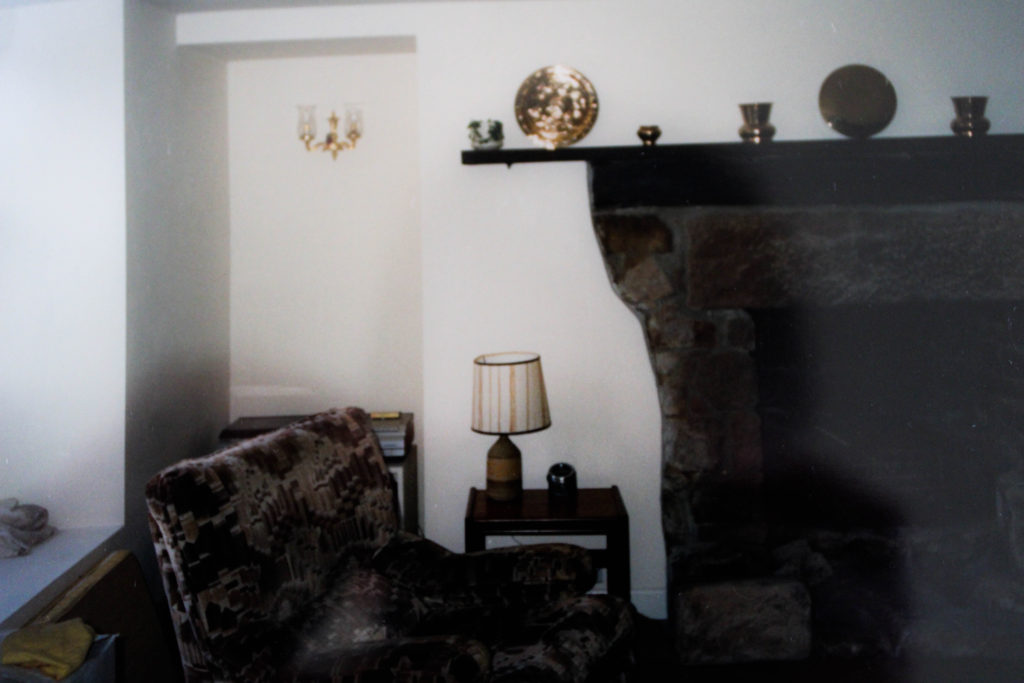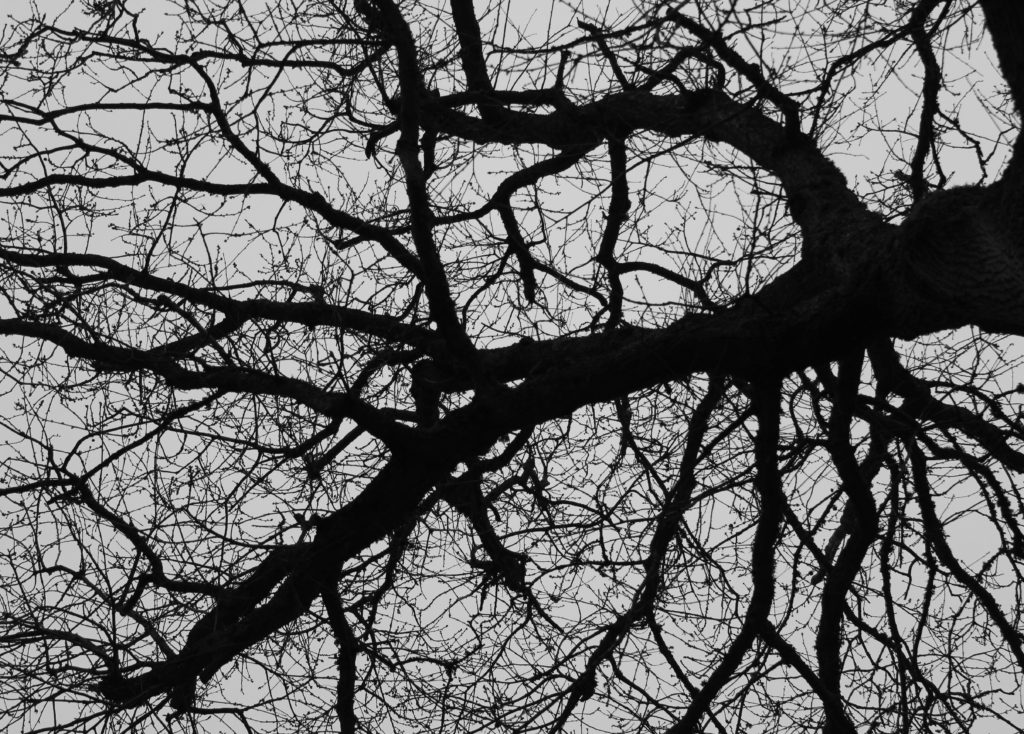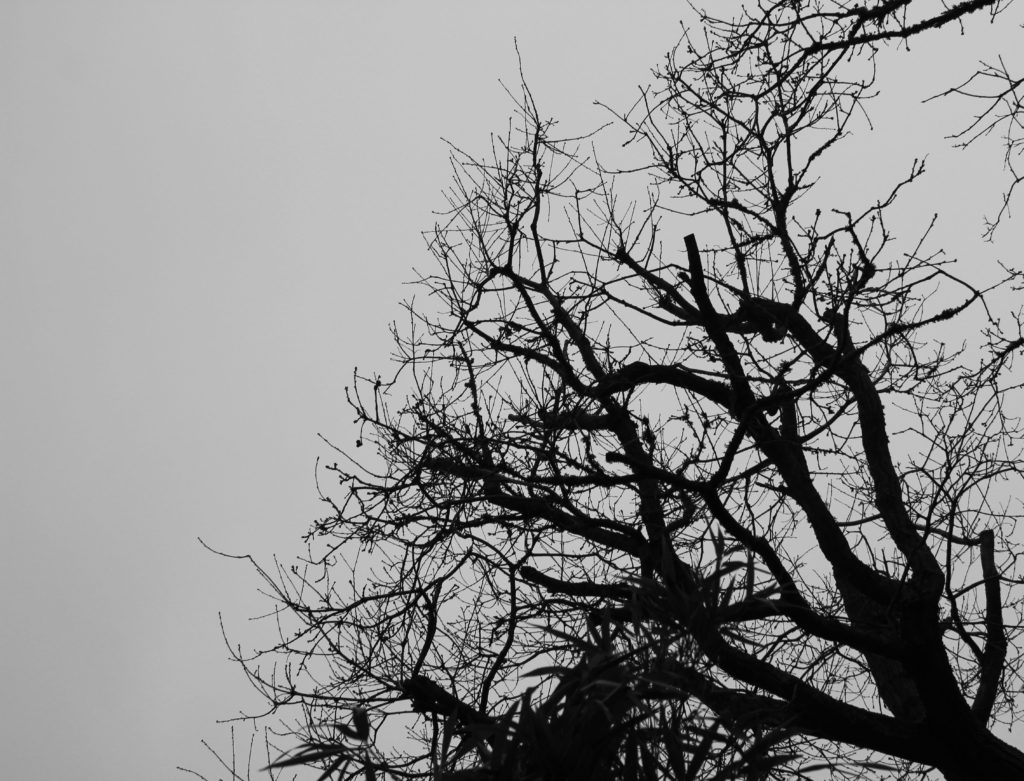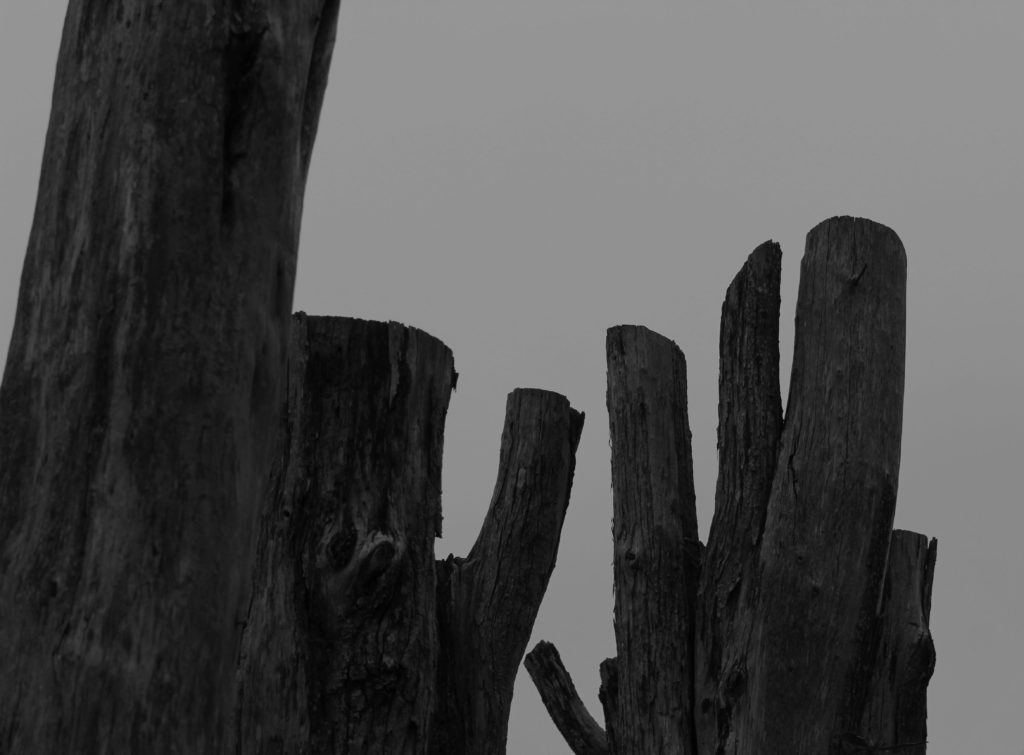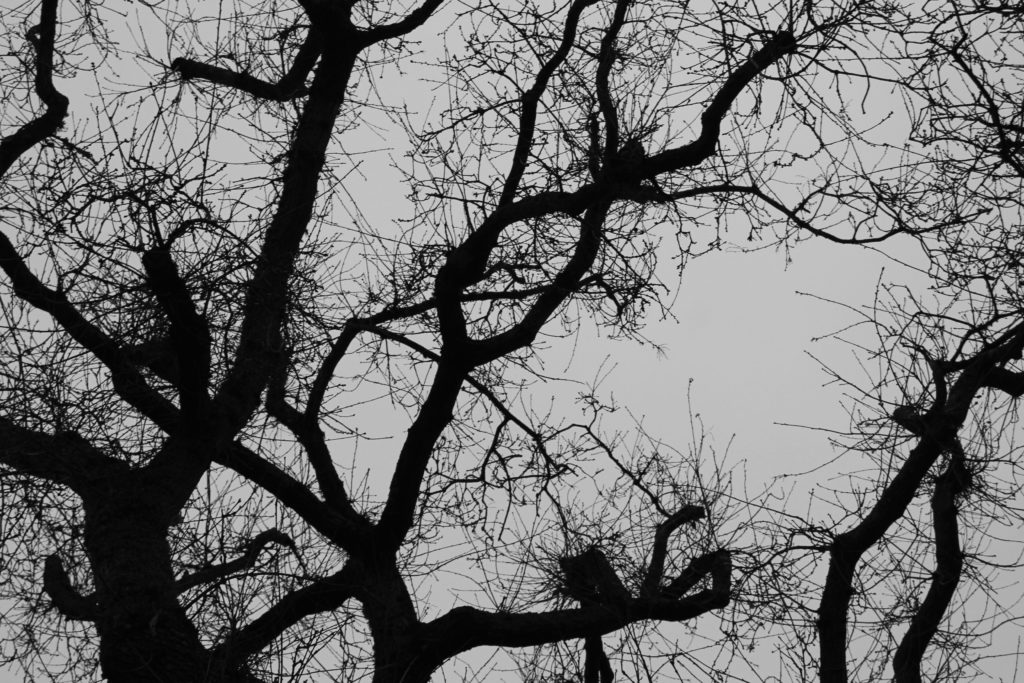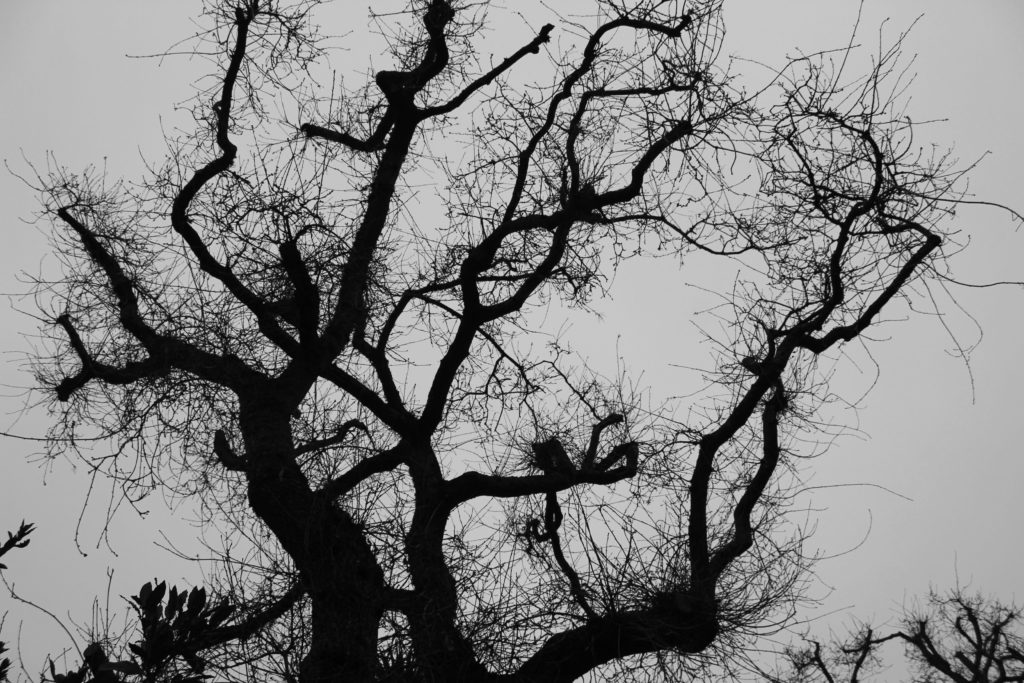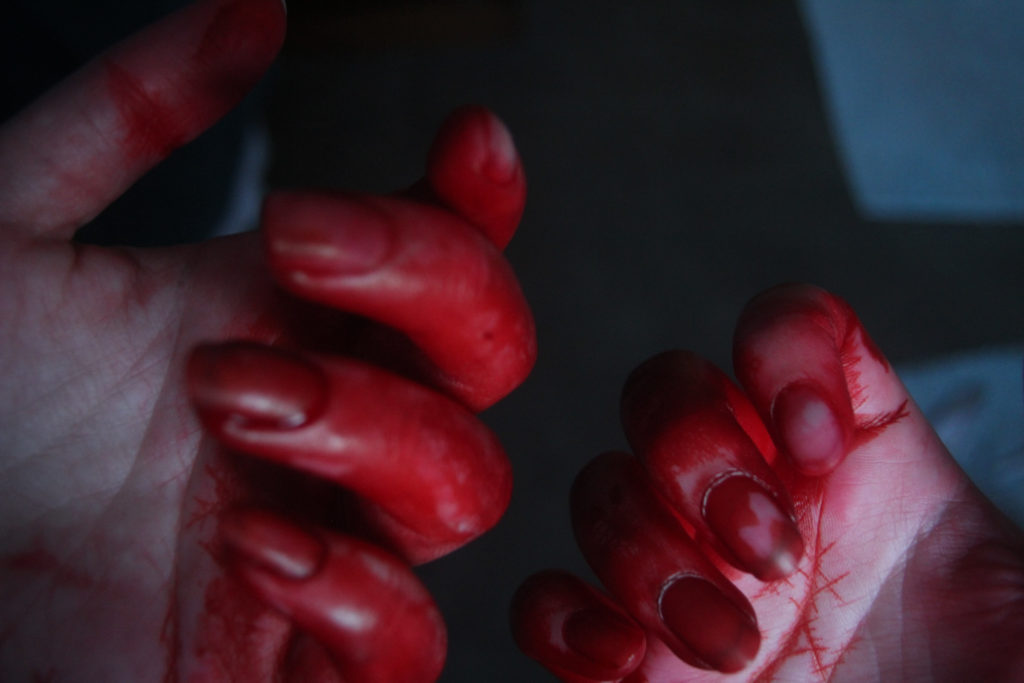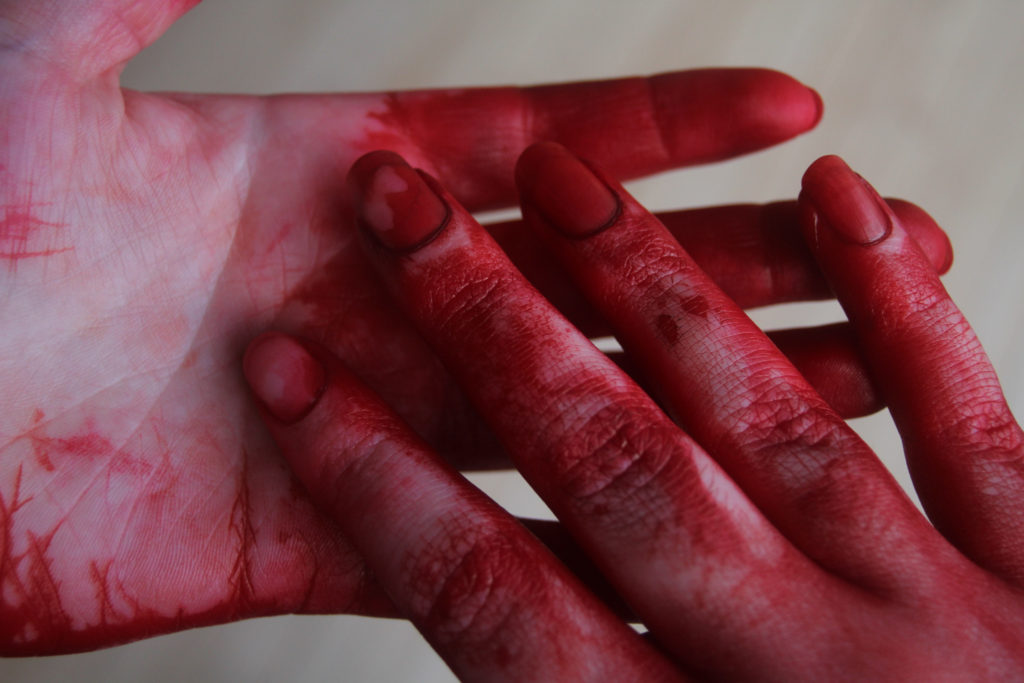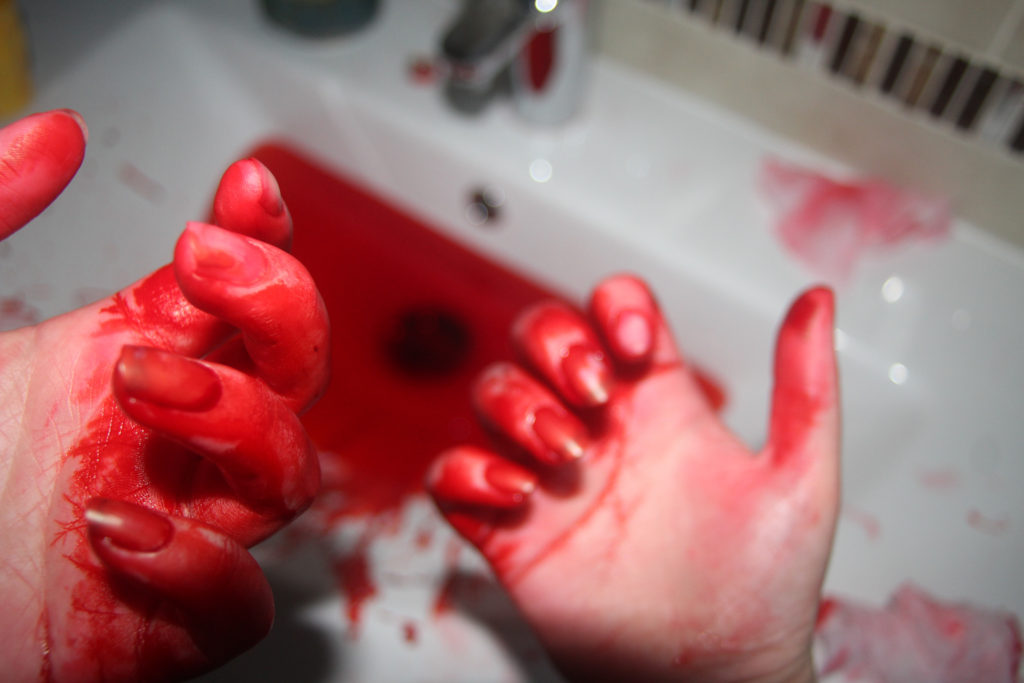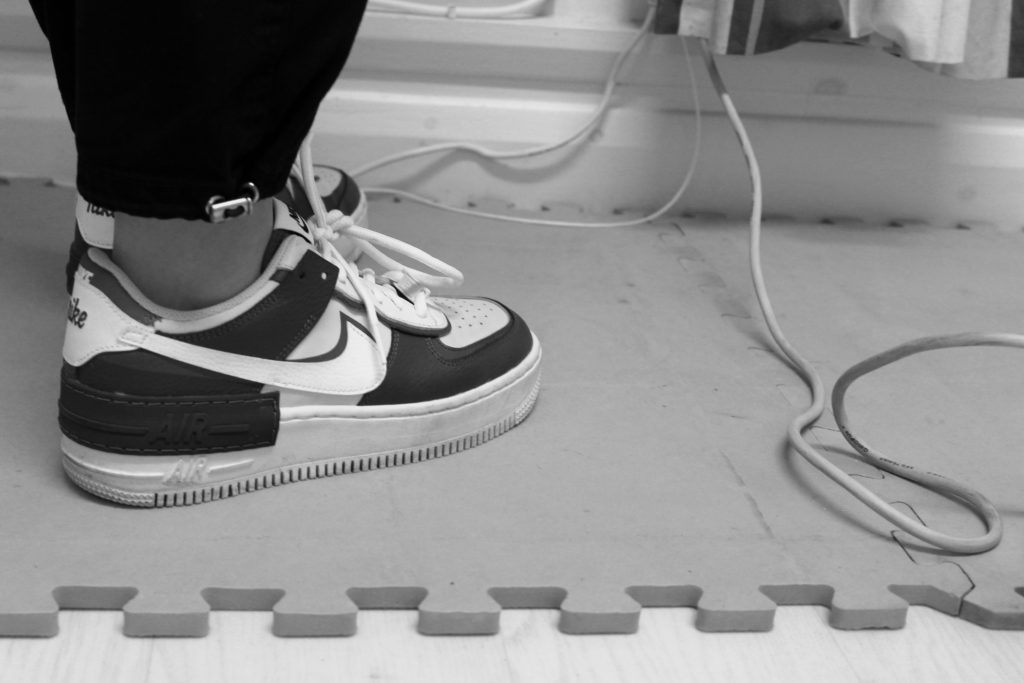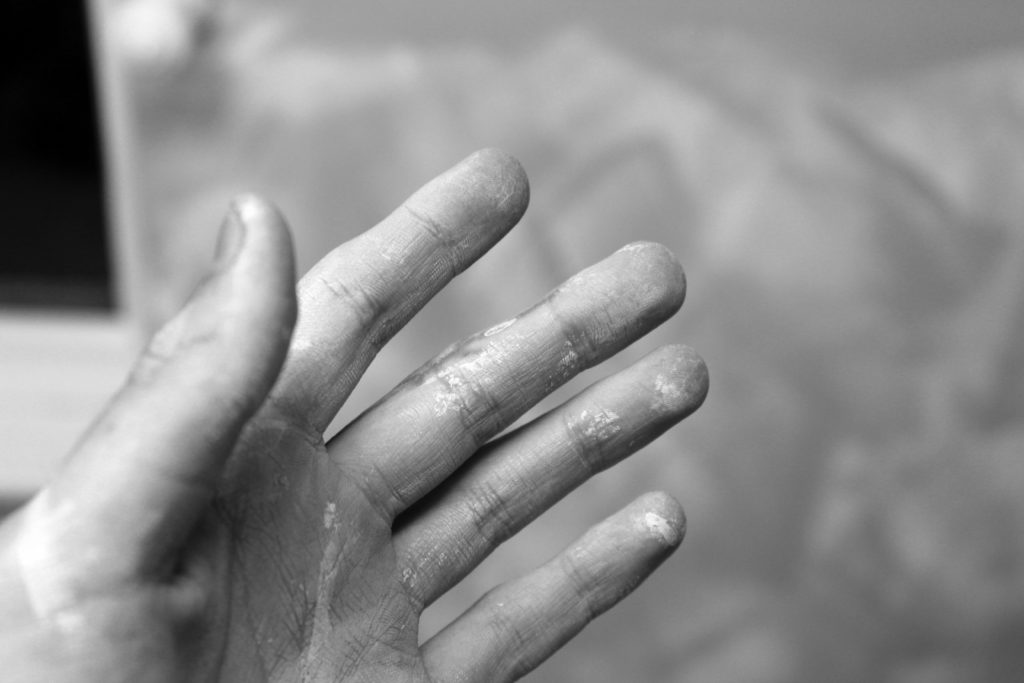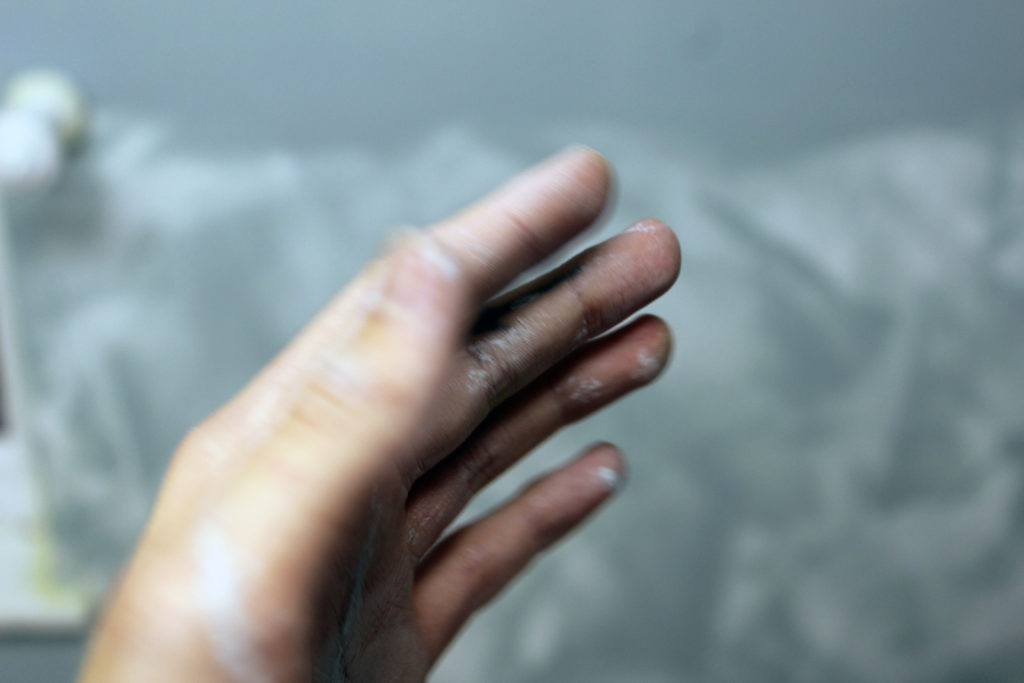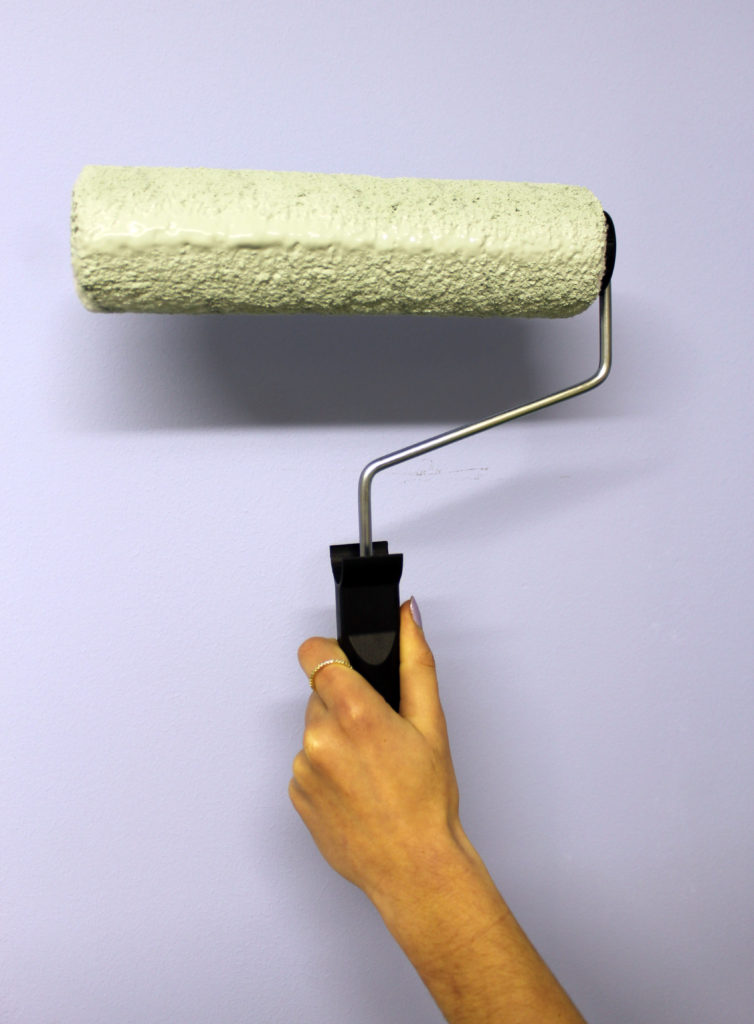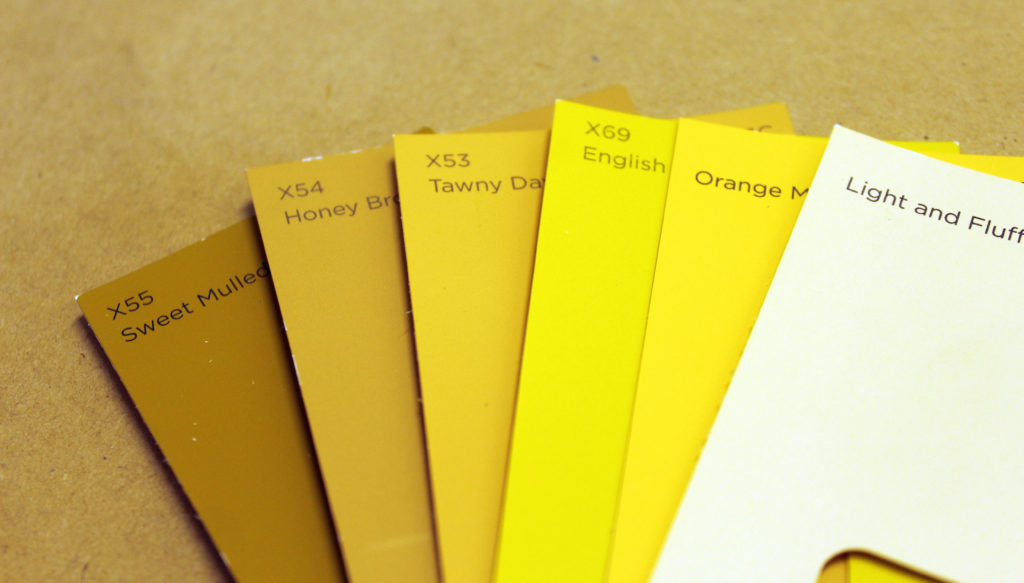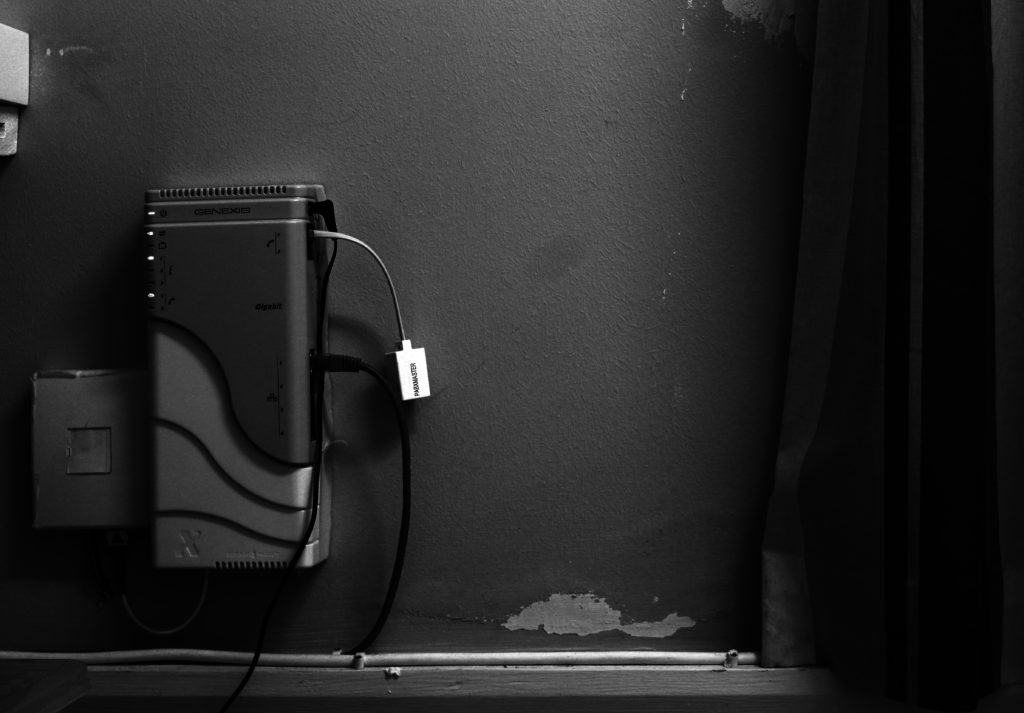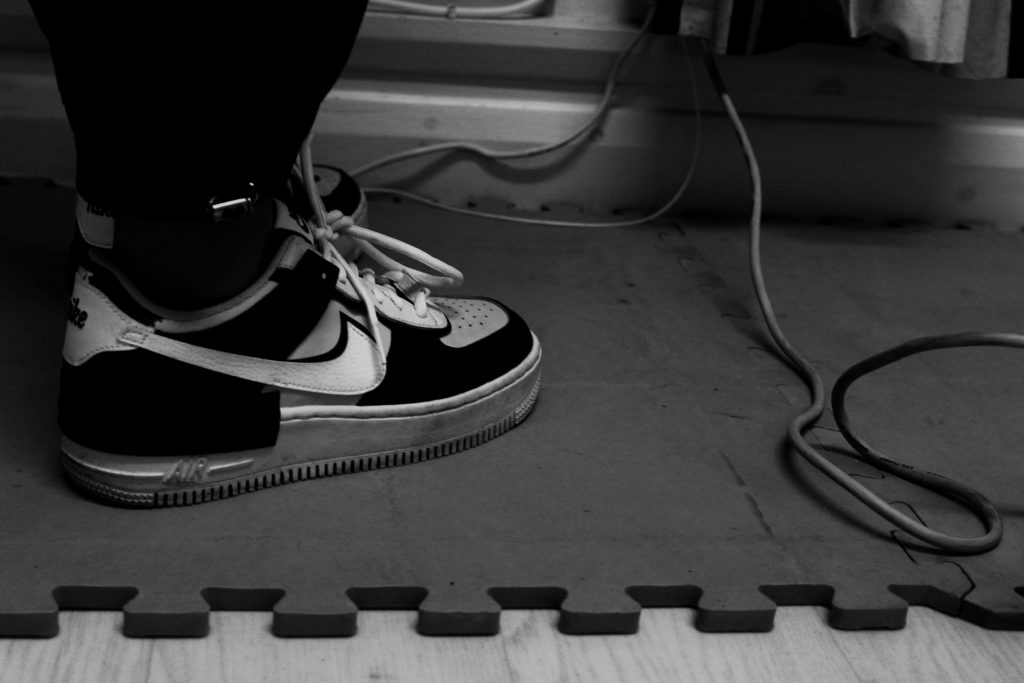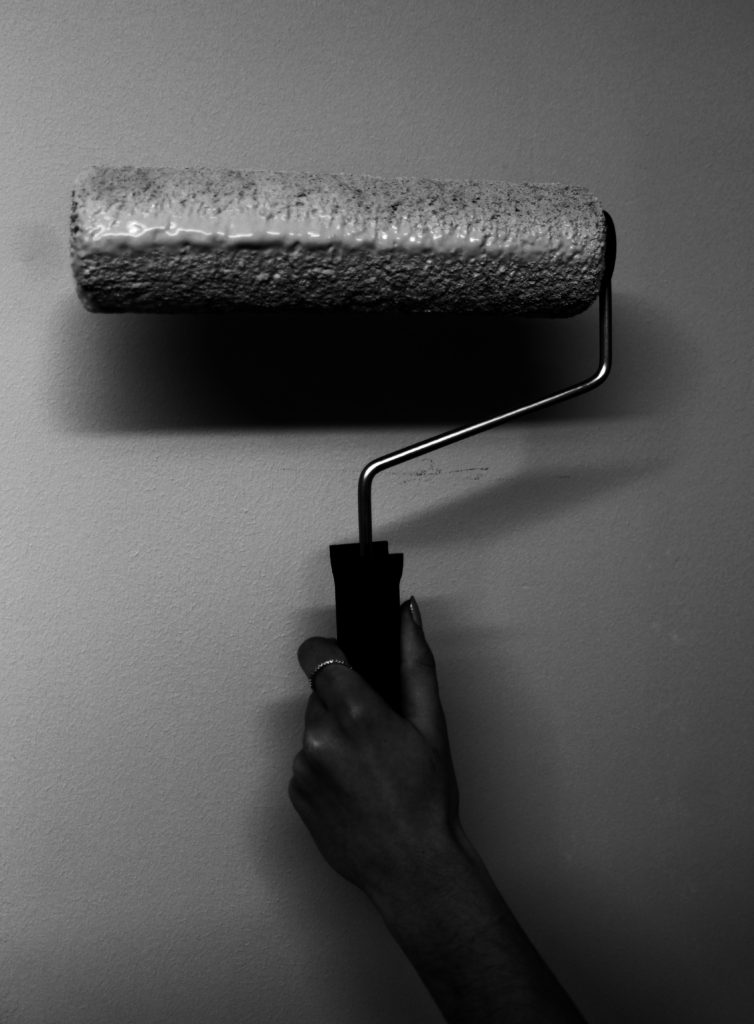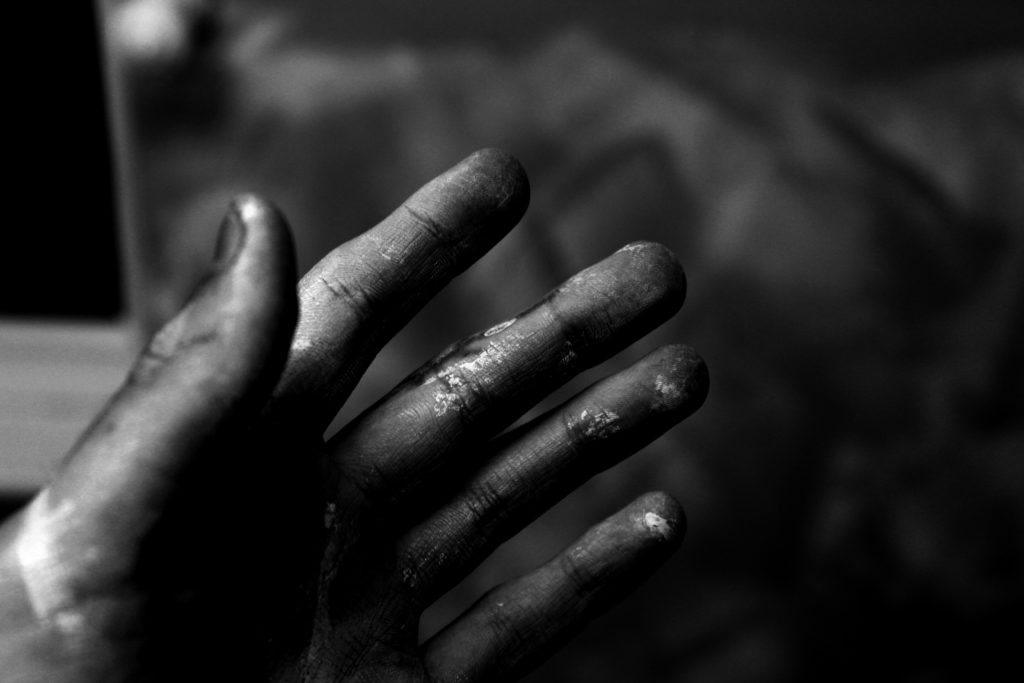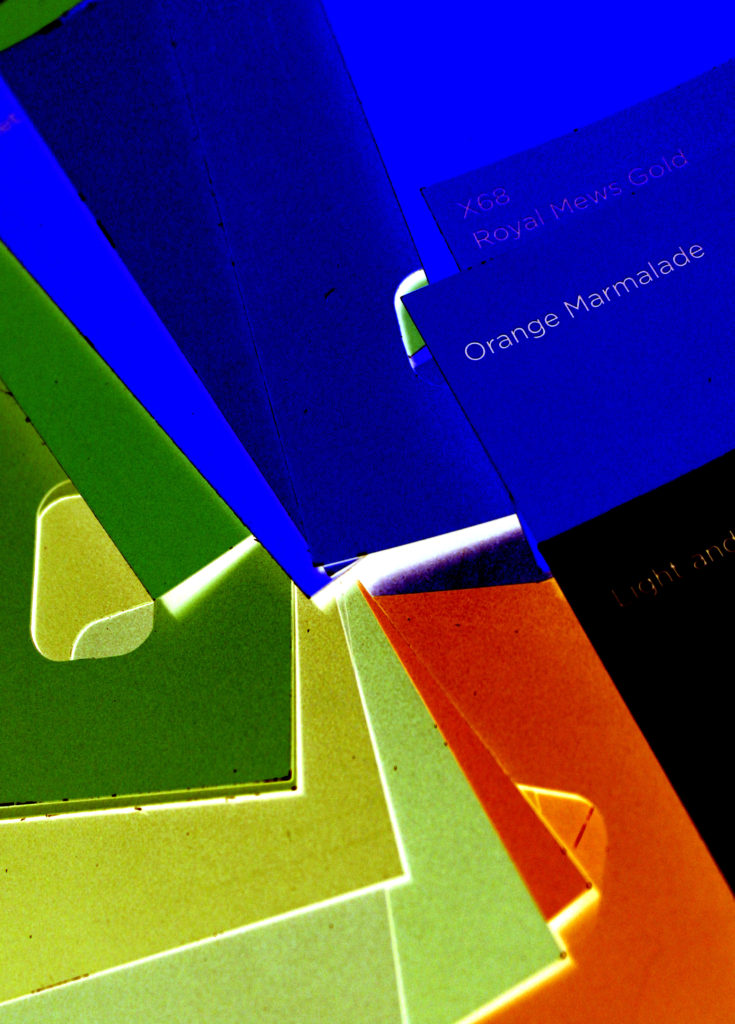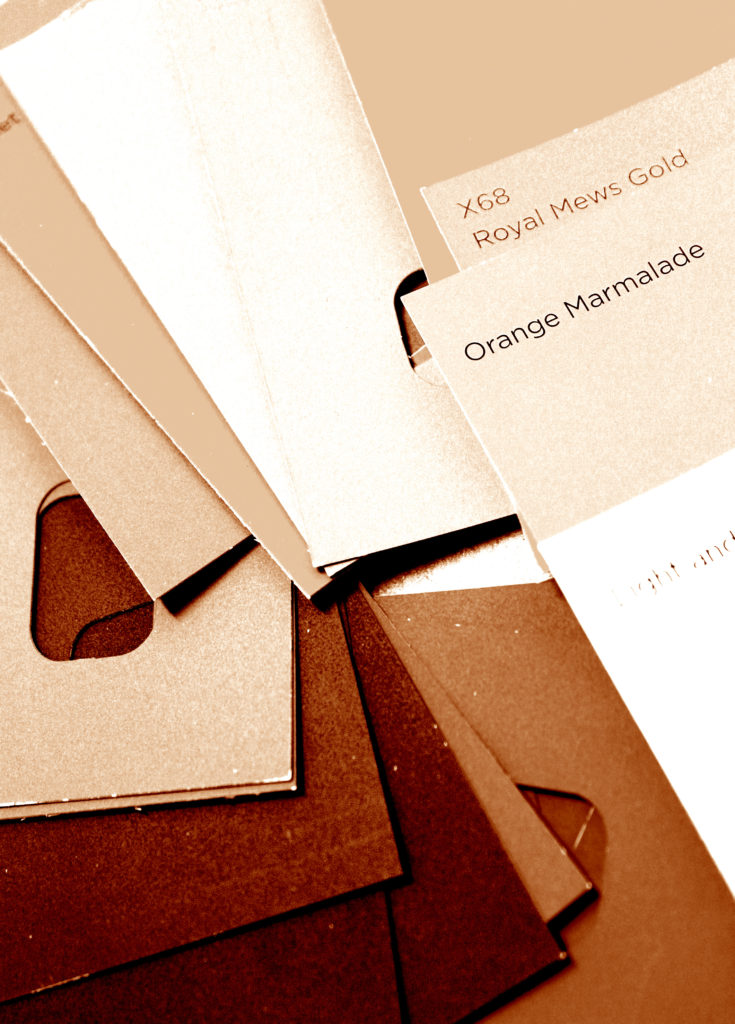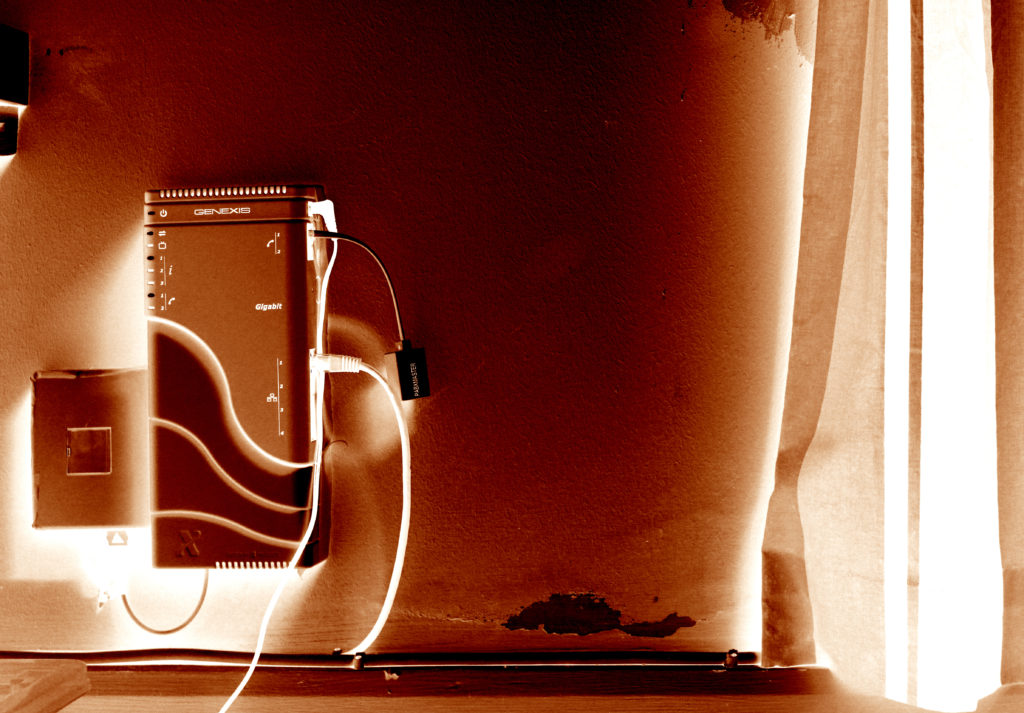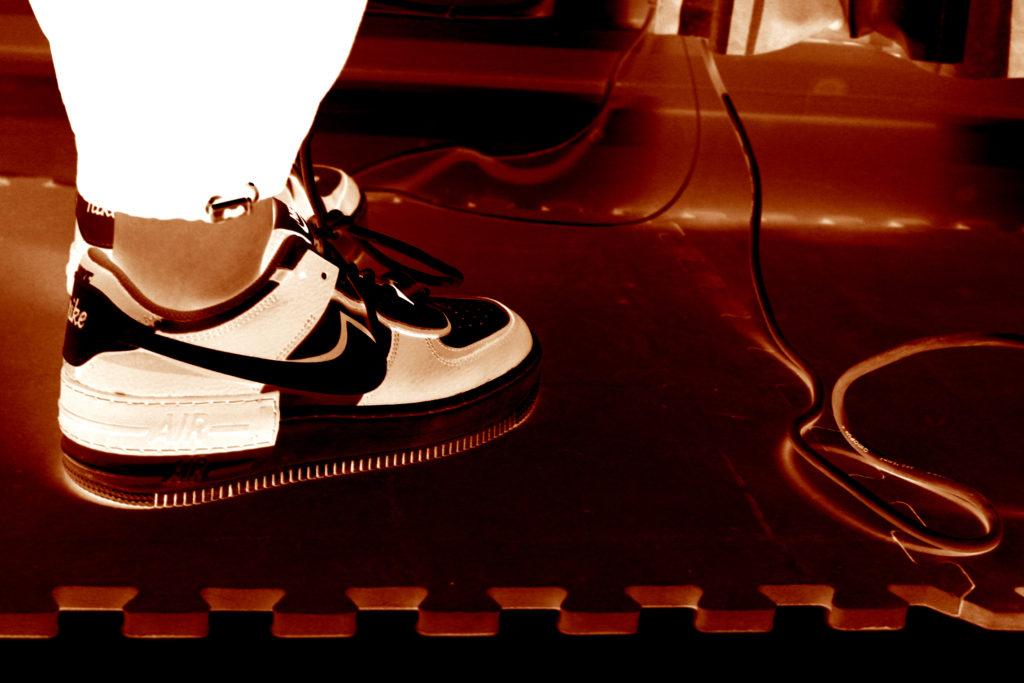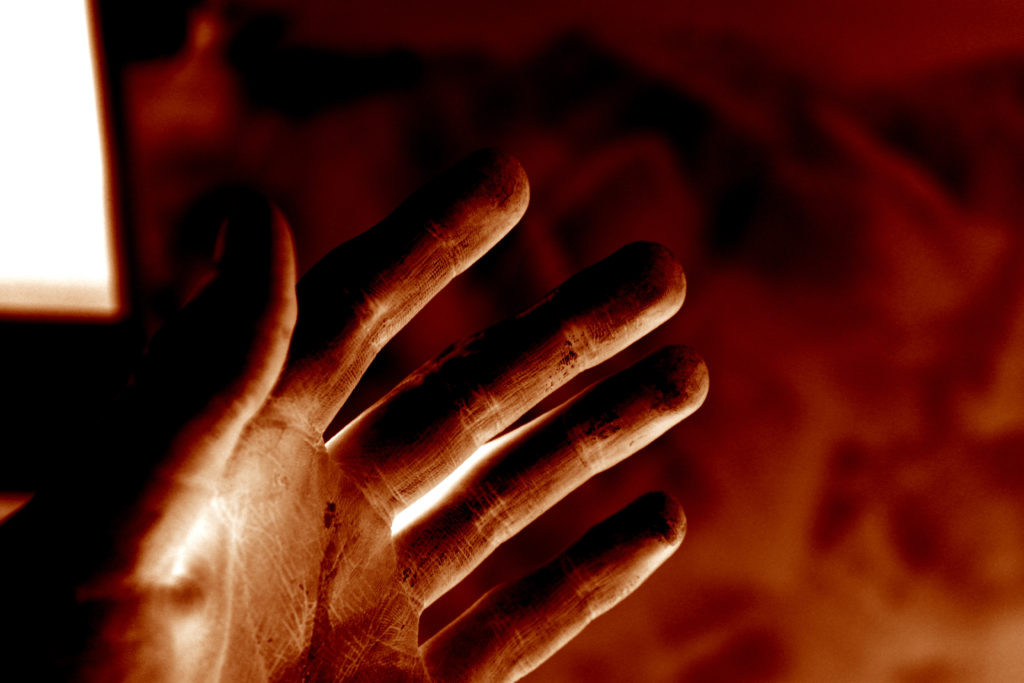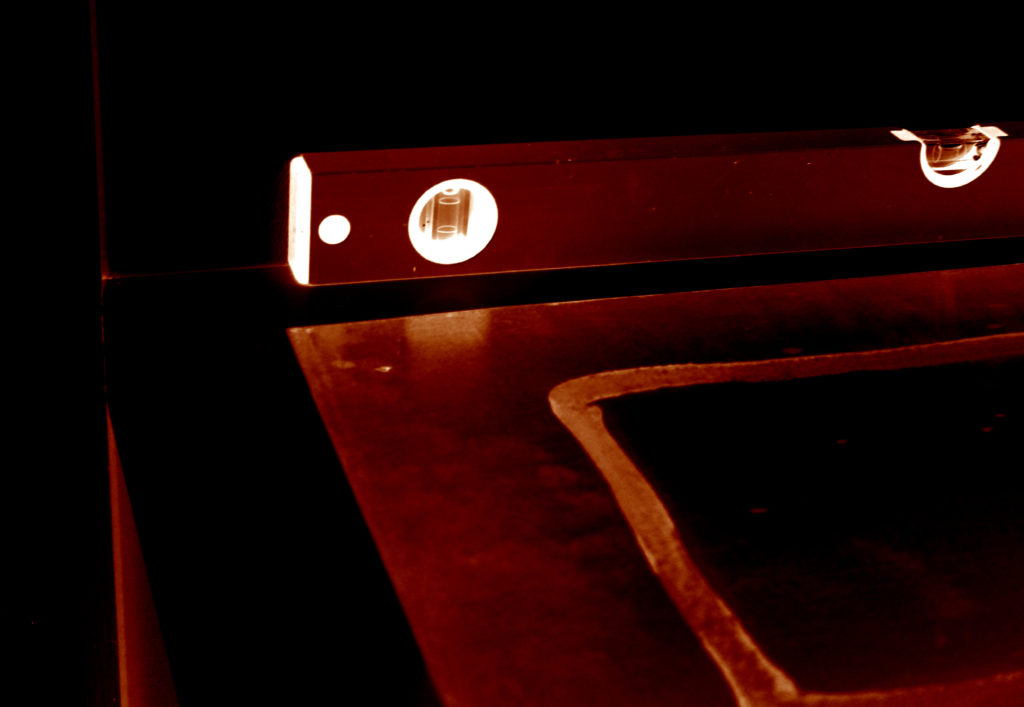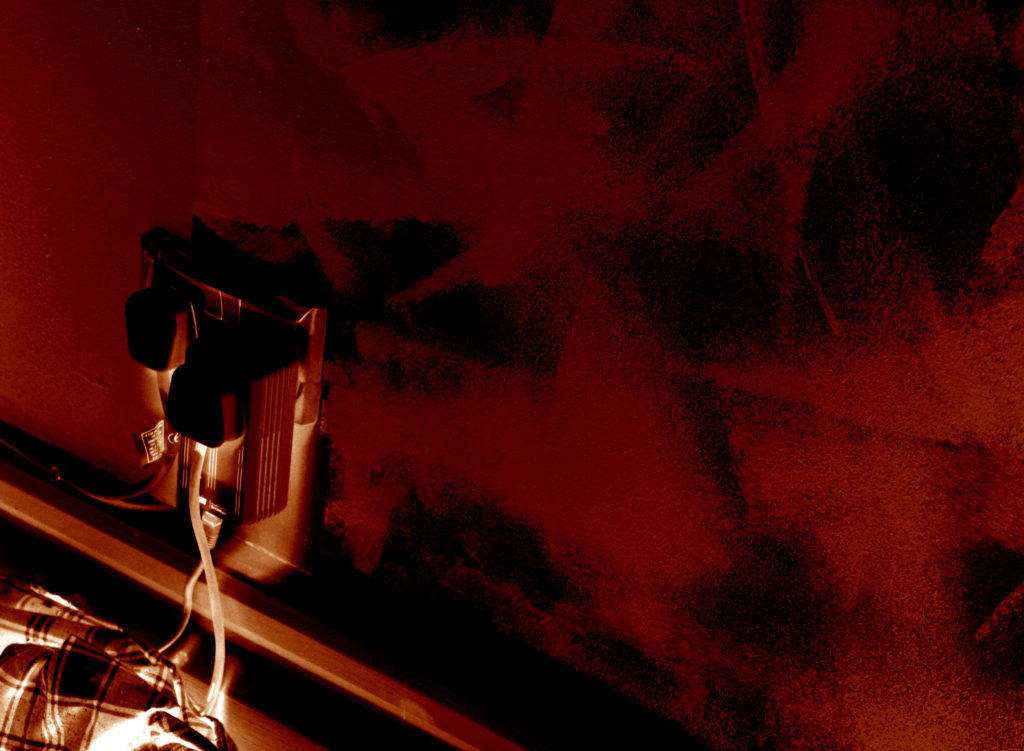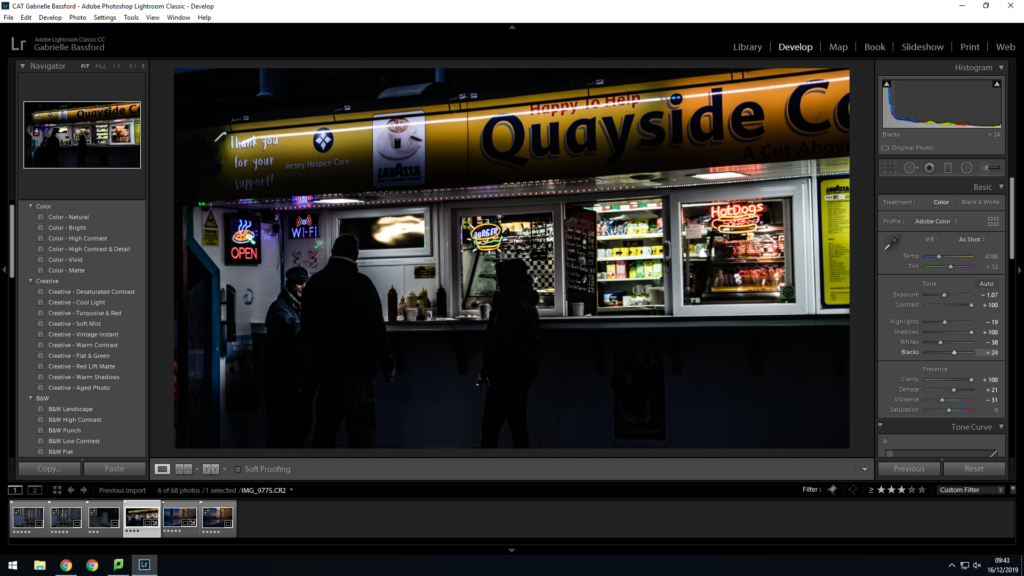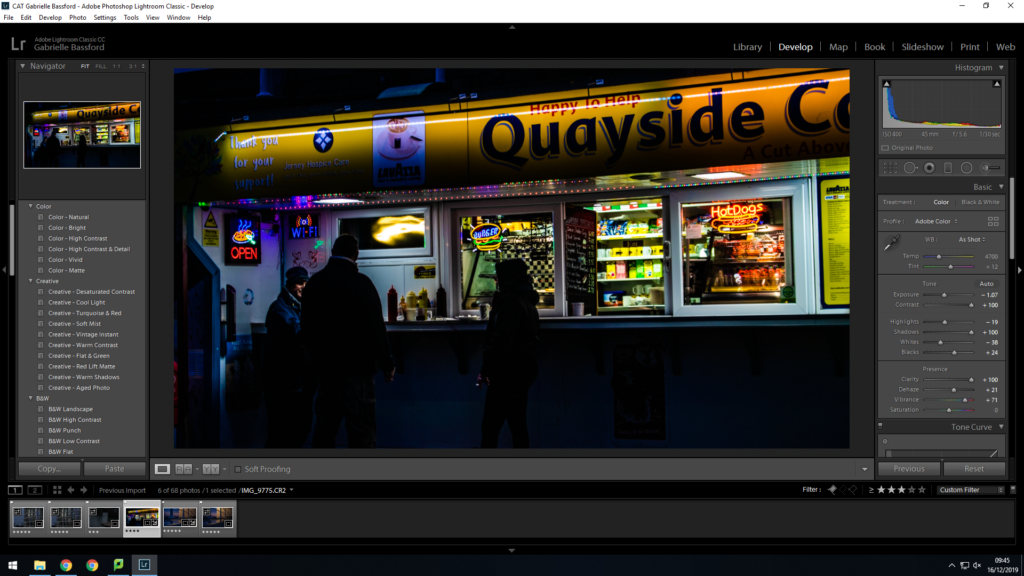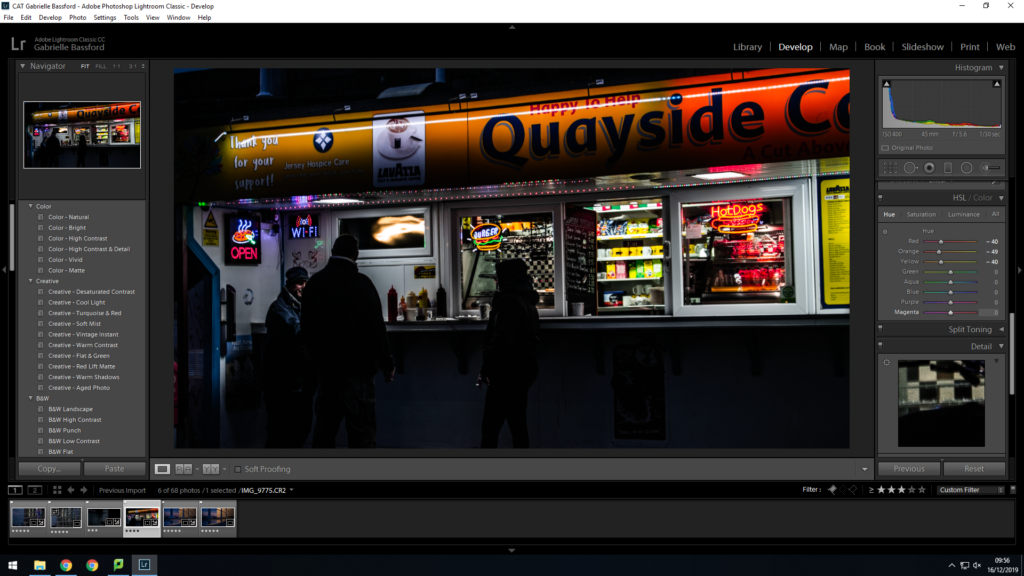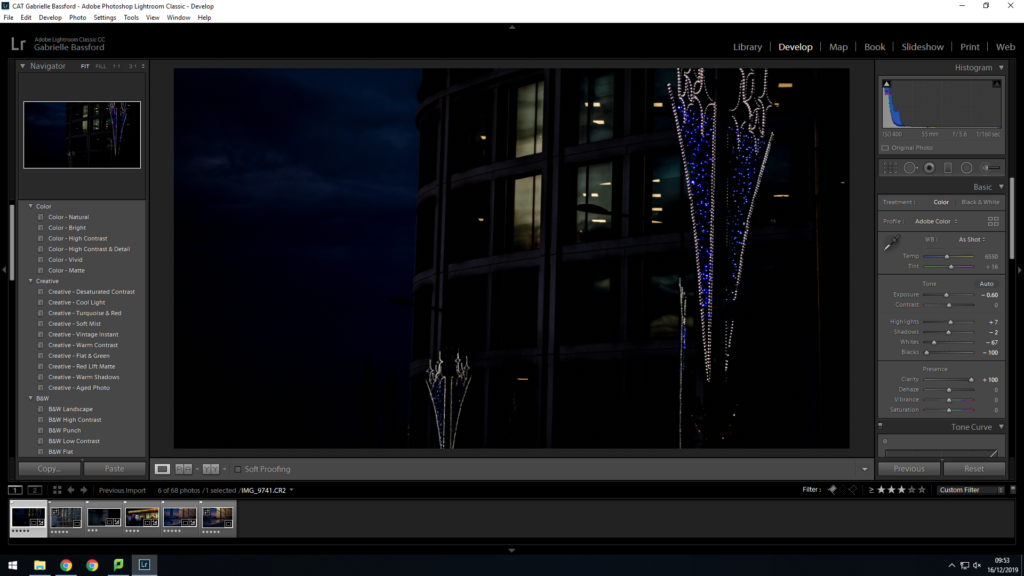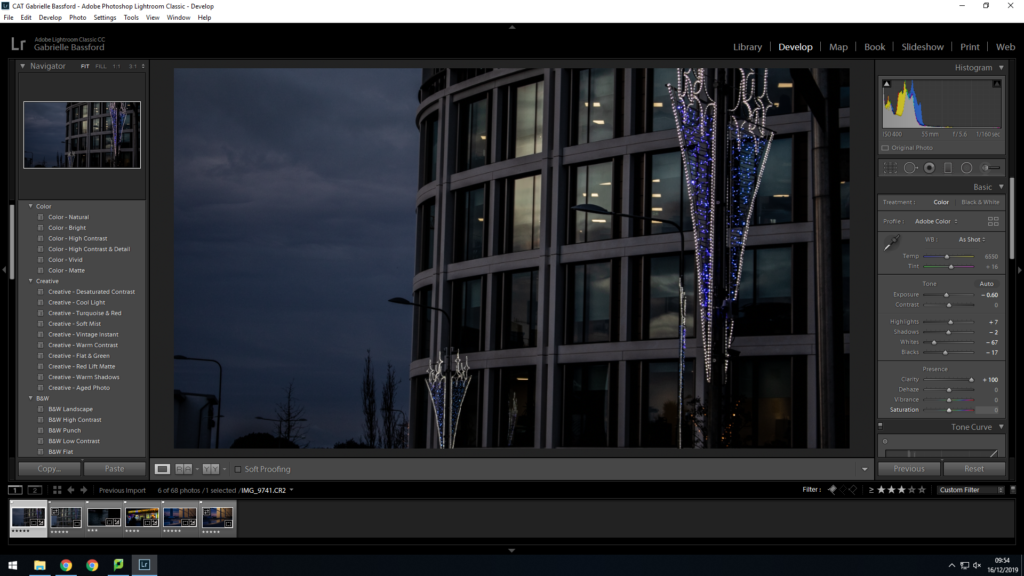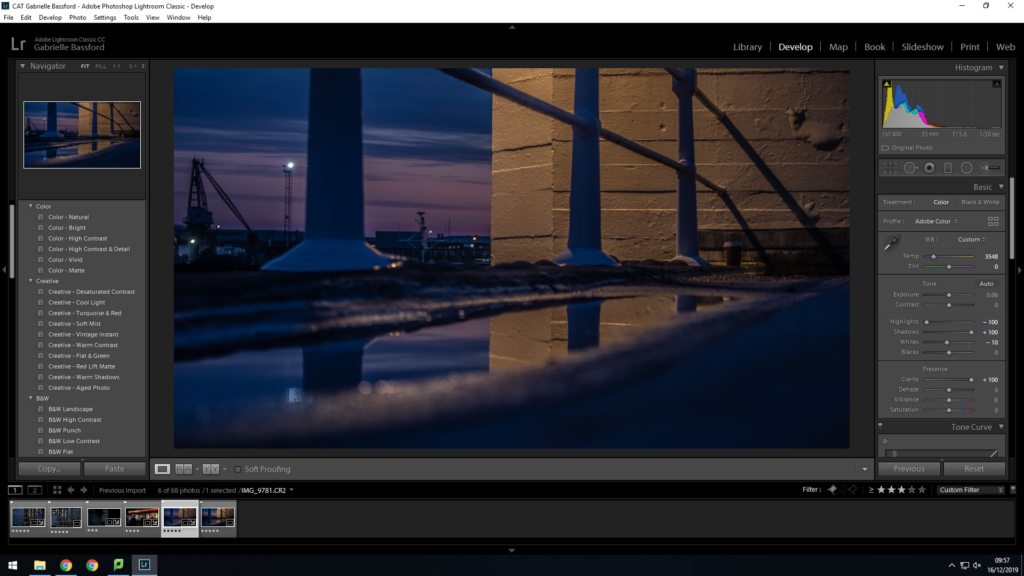In order to gain more descriptive insight into my grandparents lifestyle, I decided to ask them a few questions allowing them to consider and articulate the type of lifestyle they live, in order to accurately present this ideology through my imagery. I felt doing this allowed them consider different aspects which they may not have thought about, as well as reflect on their life and childhood, making this project more personal to them, thus allowing me to gain more detail.
How would you say your upbringing influenced your lifestyle?
Upbringing has a very significant influence on our lifestyle. We tend to want to live in the same way – type of work, type of friends, what we eat, how we spend leisure time, ambitions – as our parents did. But upbringing can only form bedrock of our independent lifestyle as we tend to react to our surroundings, opportunities, setbacks in life. These
surroundings can and do change and we change with them
Our parents did not have mobile phones and in many cases televisions but we all react to them now and the enormous changes they bring
How does religion impact your lifestyle?
Very significantly. Firstly by attending church regularly taking part in acts of worship to God who we believe made heaven and earth and all things in it. Religion is of course not just attending church but is also about seeking answers to perennial questions such as why are we here? And what is God’s purpose for us as individuals? As Christians we believe the words of the Bible are sent by God for our guidance on how we should live our lives. The greatest message given in the Bible is to Love God and then to love our neighbour as much as we love ourselves. Neighbour is not somebody living next door but all those disadvantaged people throughout the world e.g. refugees, starving, civil wars. We never achieve perfection in living by this but we do try.
What does family mean to you?
Family means a lot. For most people it is mother father, brother, sister, uncles, aunts, cousins who first influenced us and mostly provide places where we have been safe, protected and encouraged in our development
For Grandparents this does not change but just makes the number of family members wider who you want to see grow develop and prosper. We are both in direct regular contact with our brothers and sisters – my sister’s husband John died when he was only 55, we often talk about him – and we hear from them of their own childrens’ activities. Interest in what is happening to them grows and does not go away as we get older.
How would you describe your lifestyle?
We are fortunate to live in comfort more so than most people enjoy. It has come mostly through hard work – ethos given to us as we grew up – and taking opportunities as they arise. And we all sometimes have a bit of luck as well as setbacks Family structure has little bearing on our current lifestyle as all our children are independent of us and we have no parents to look after. But please see above what Family means to us
How has your lifestyle influenced your childrens’ lifestyle?
Just as we were in many ways influenced by our parents’ lifestyle so it is likely that our lifestyle will in many ways, though not all, influence our childrens’ lifestyle. There is the
question of genes within families which are passed through generations. Genes can affect everything from abilities, skills, attitudes and other attributes which get passed from generation to generation. I got my genes for being a genius from my grandfather and so you have your genes for being
genius from your grandfather!

